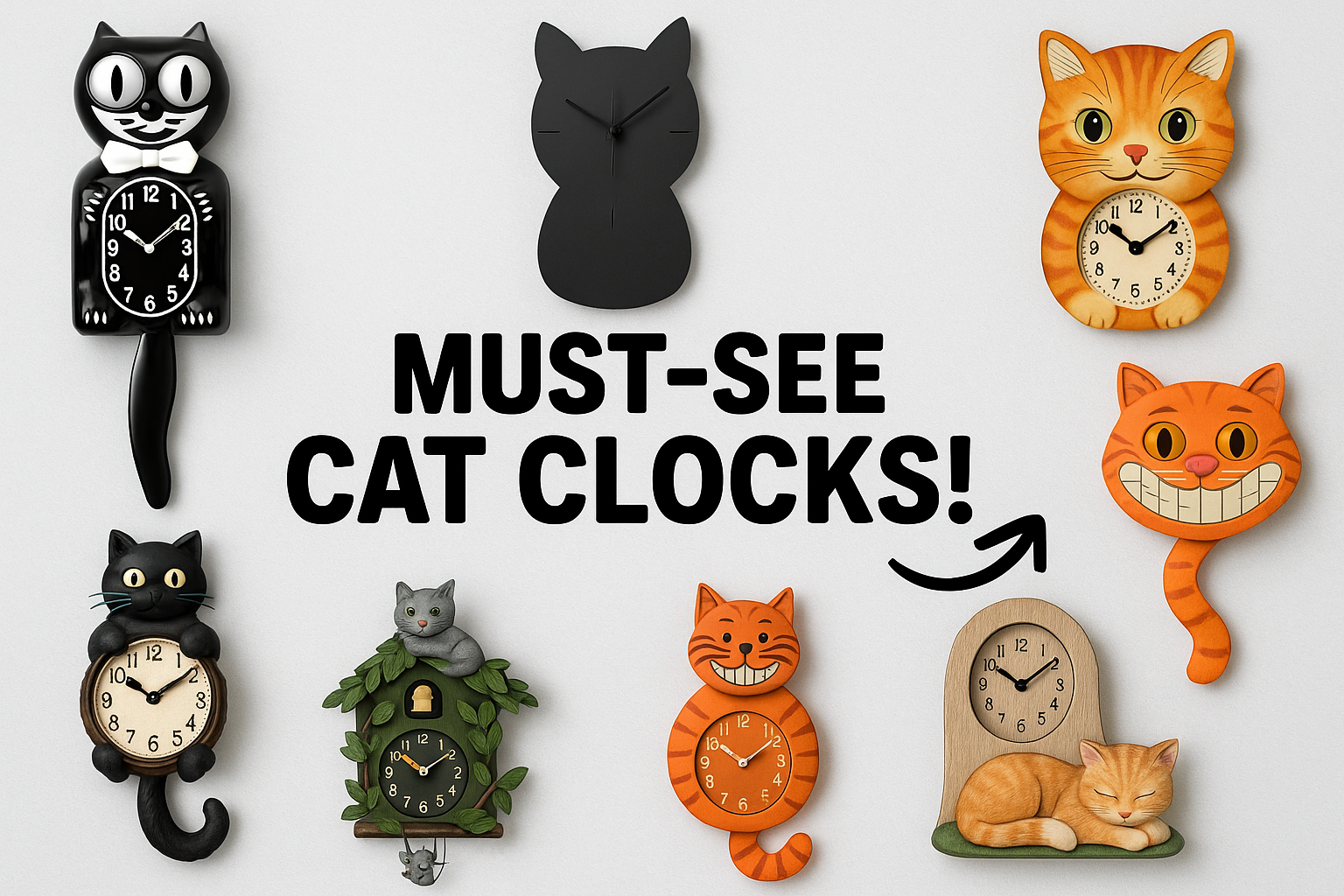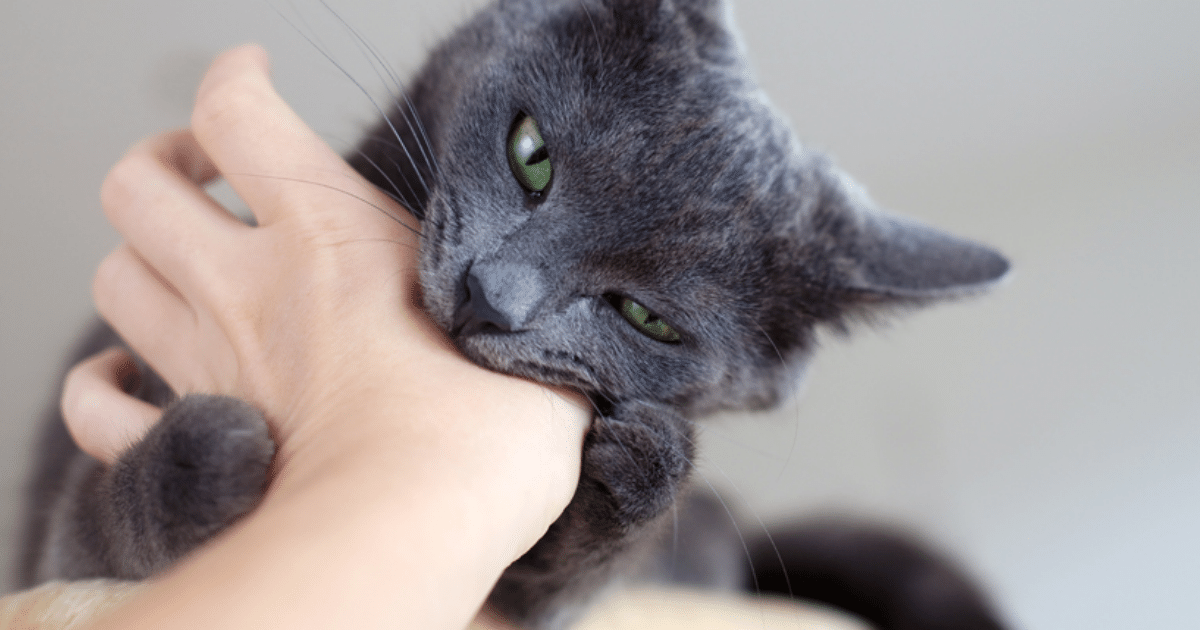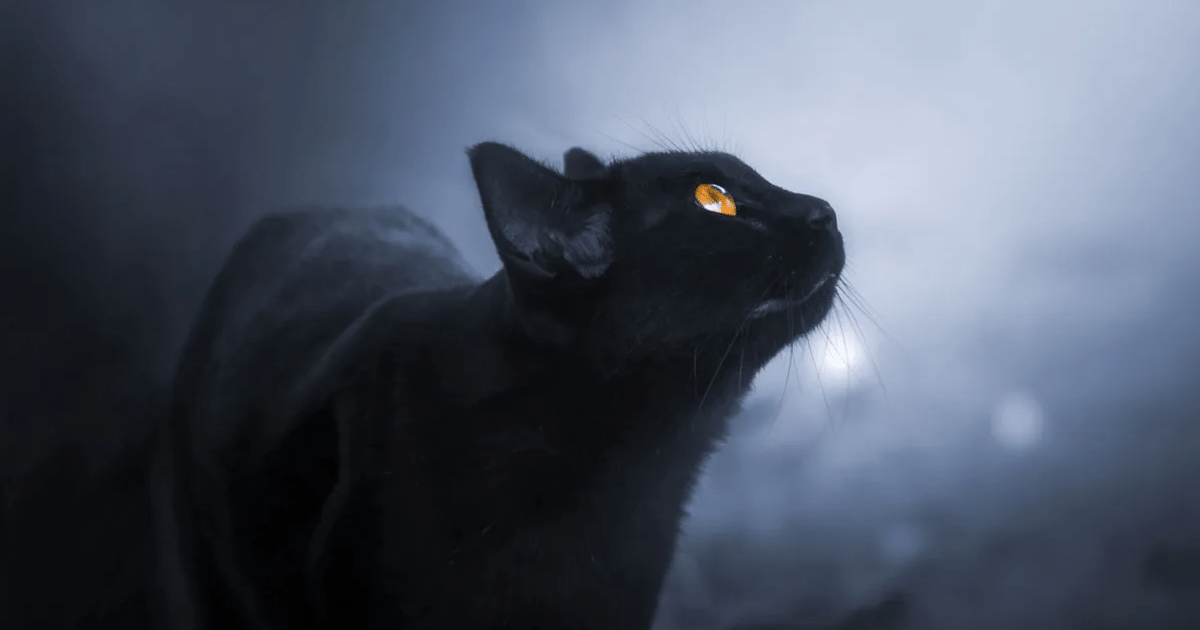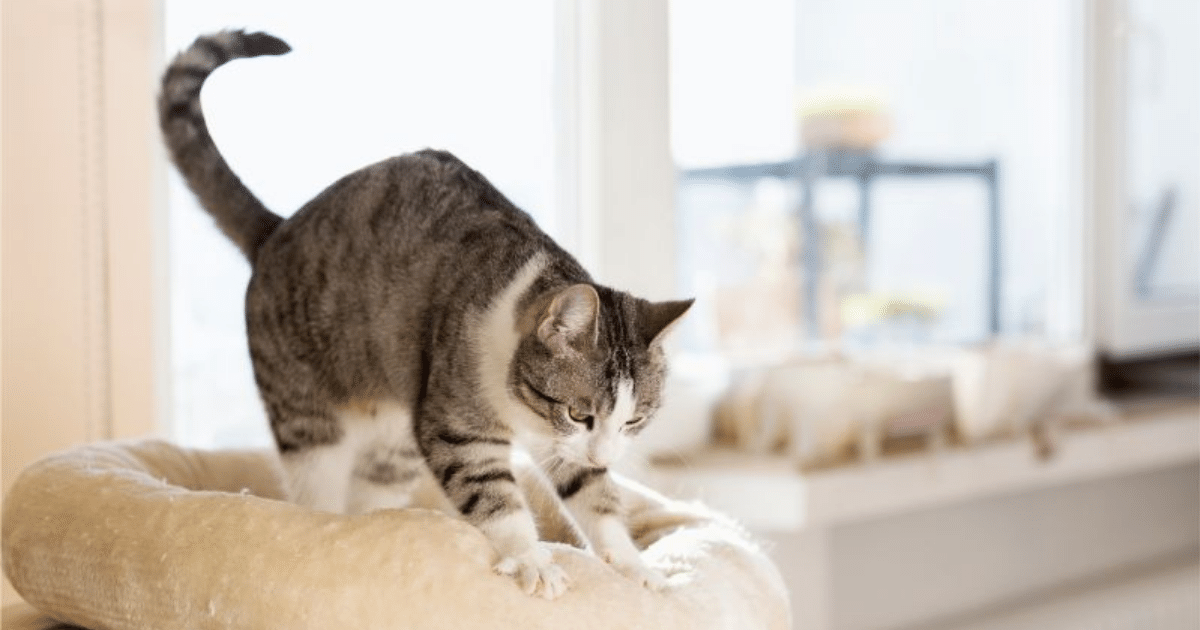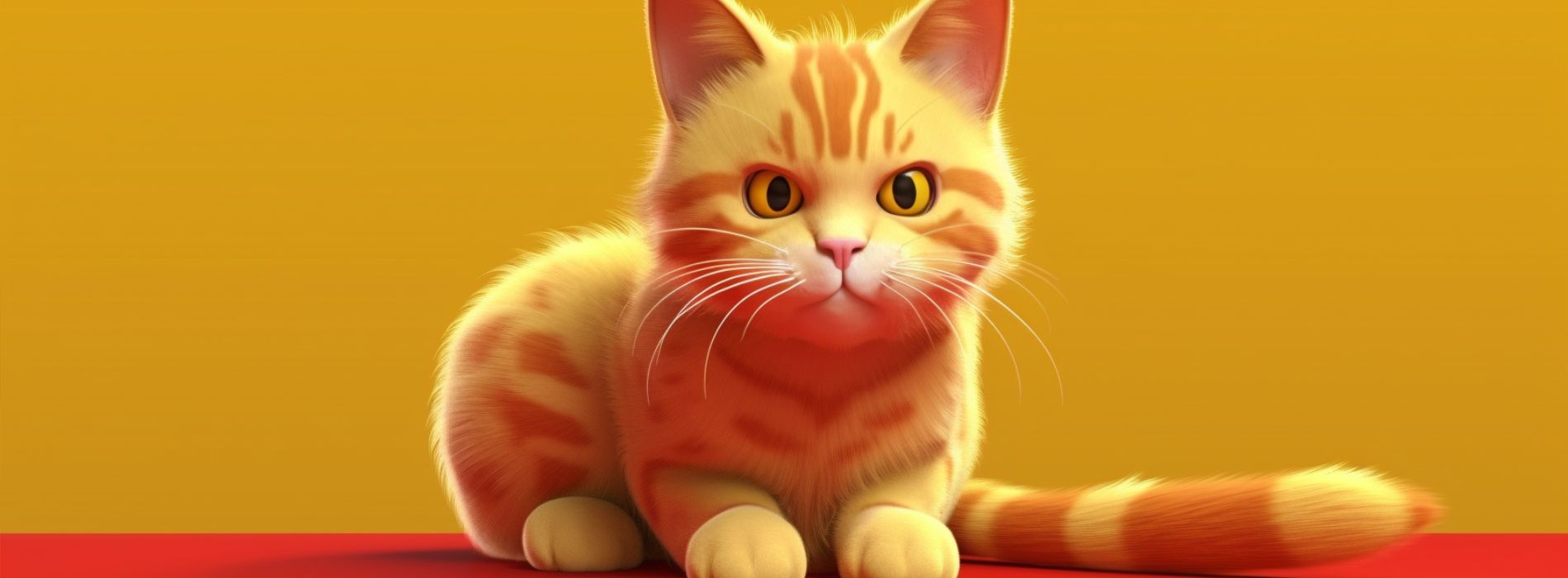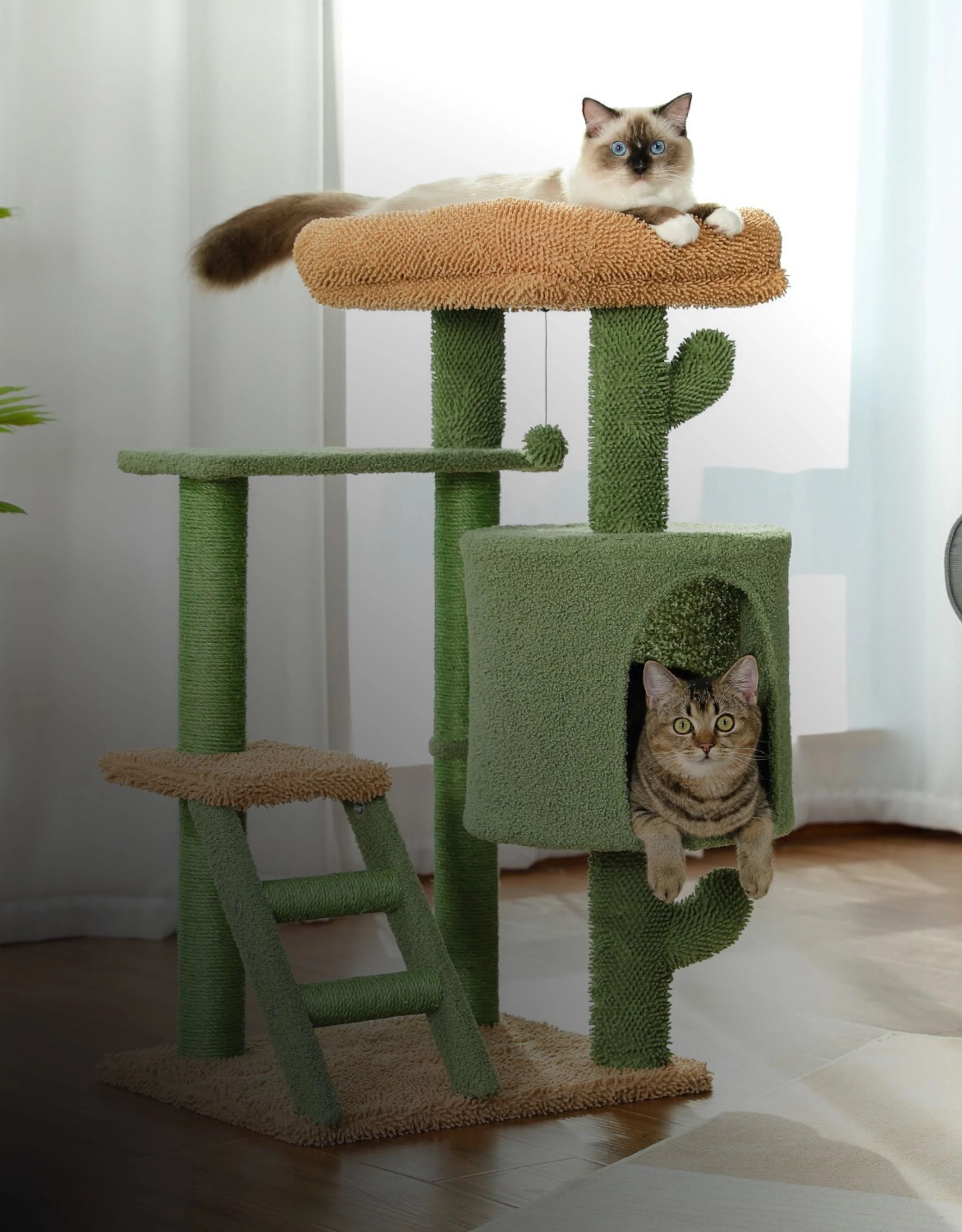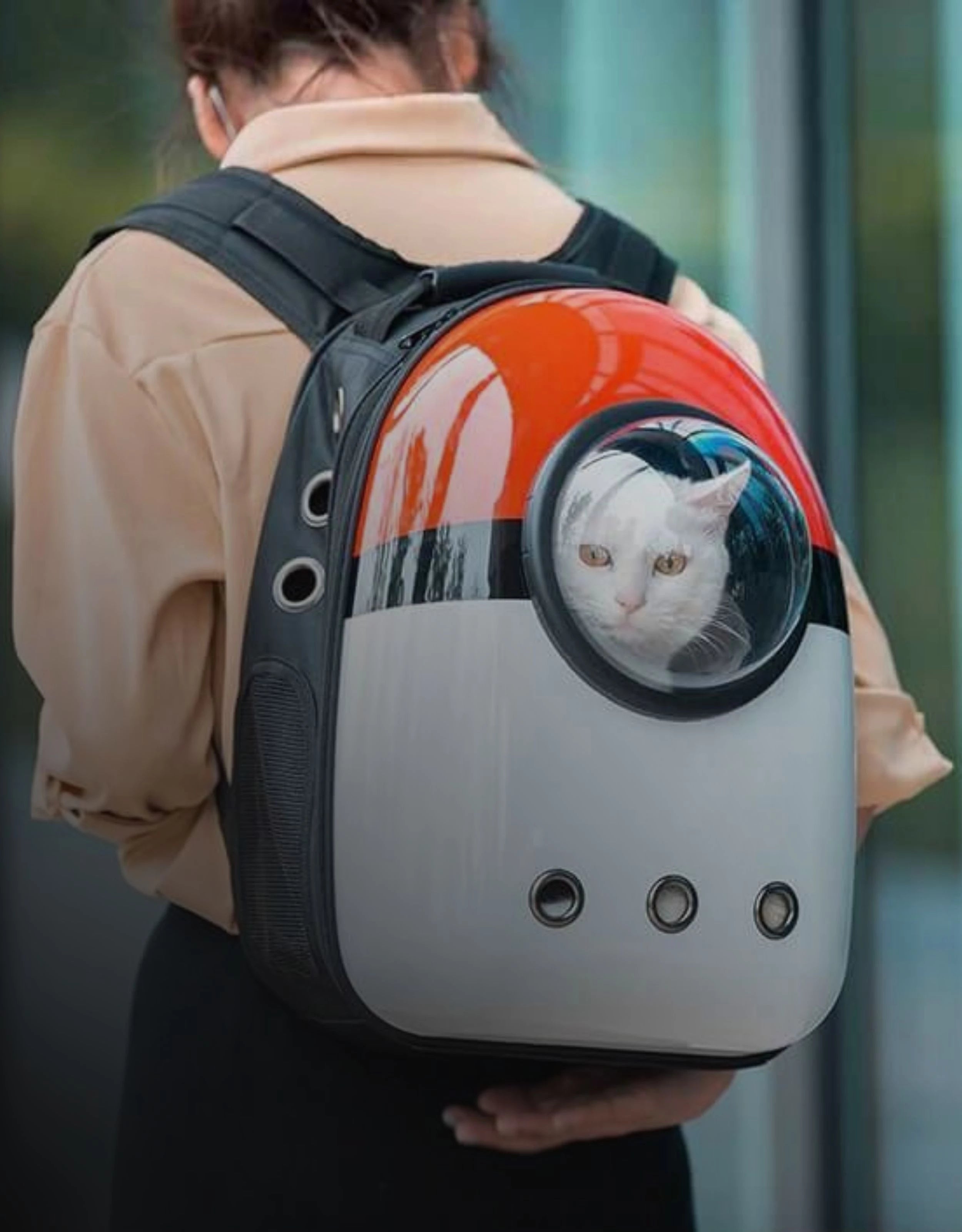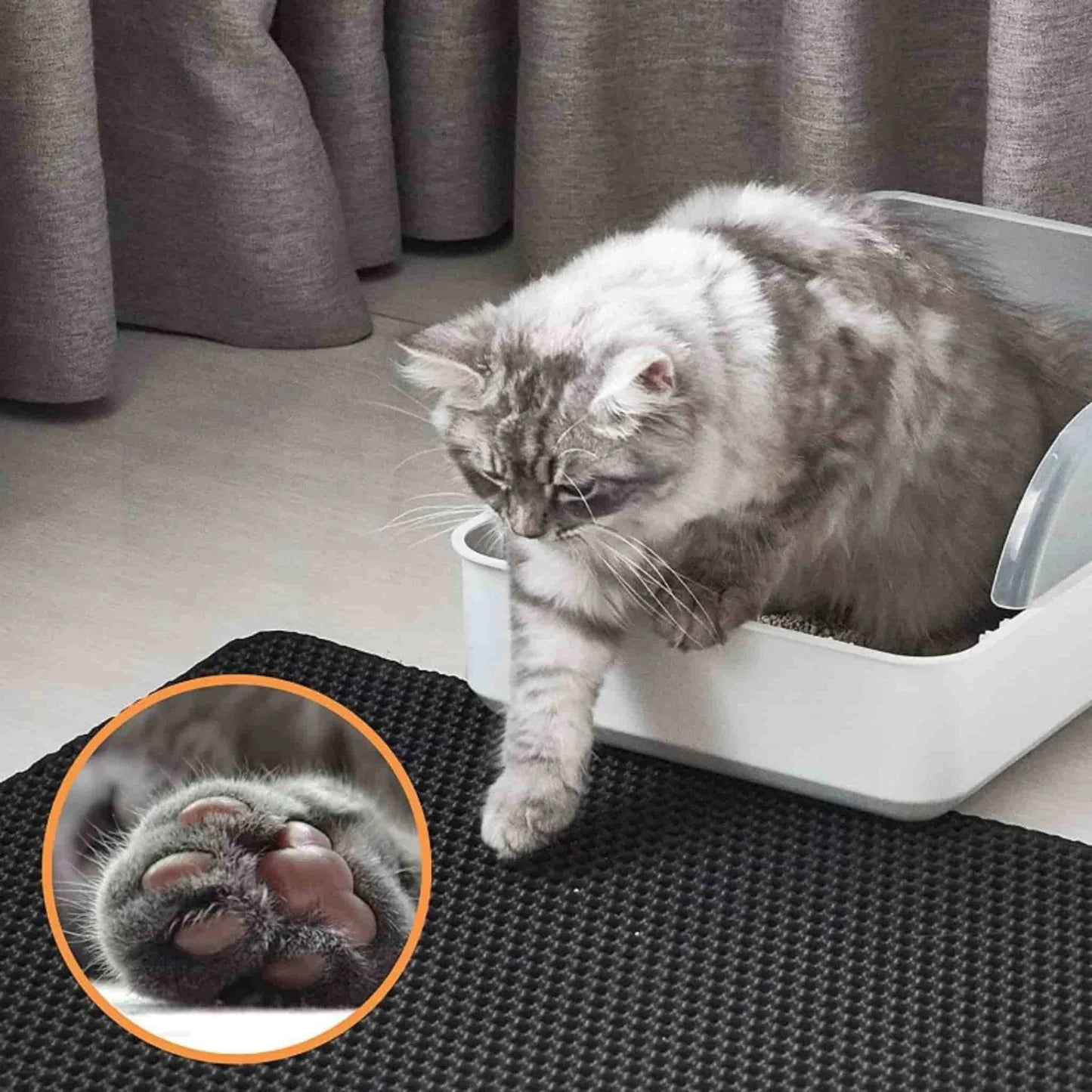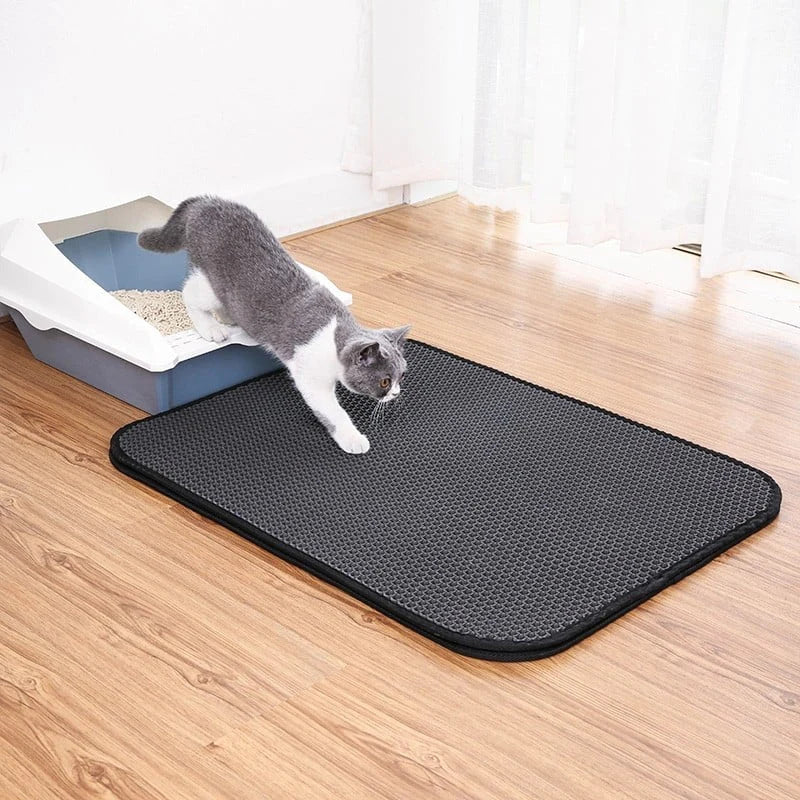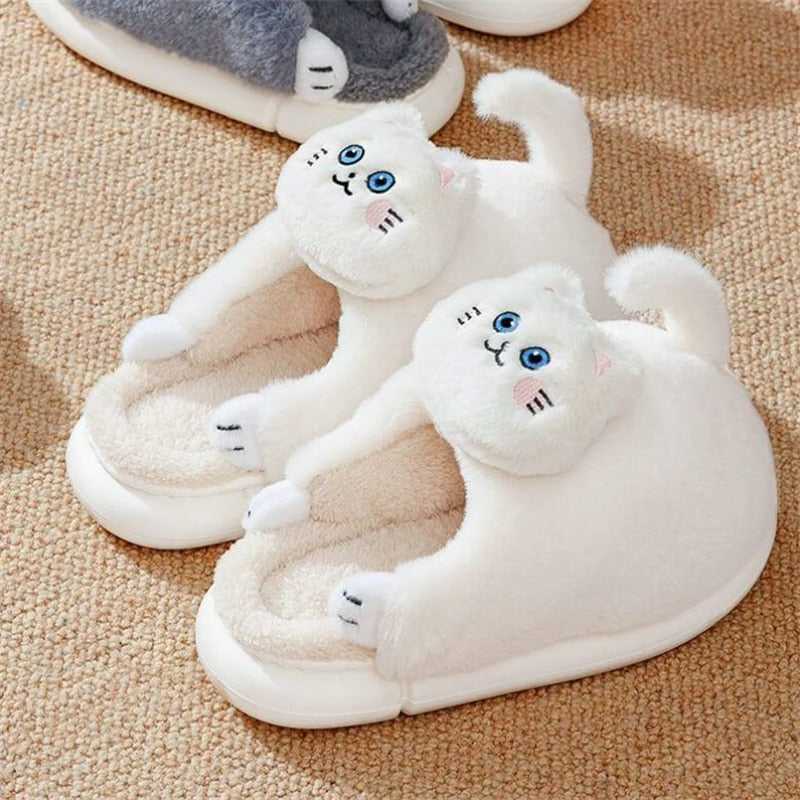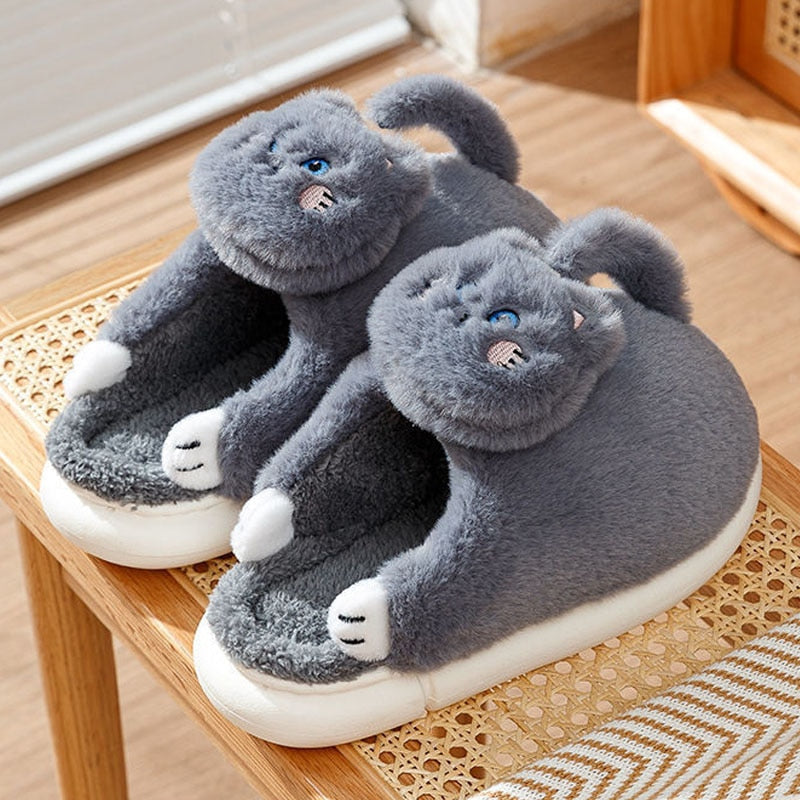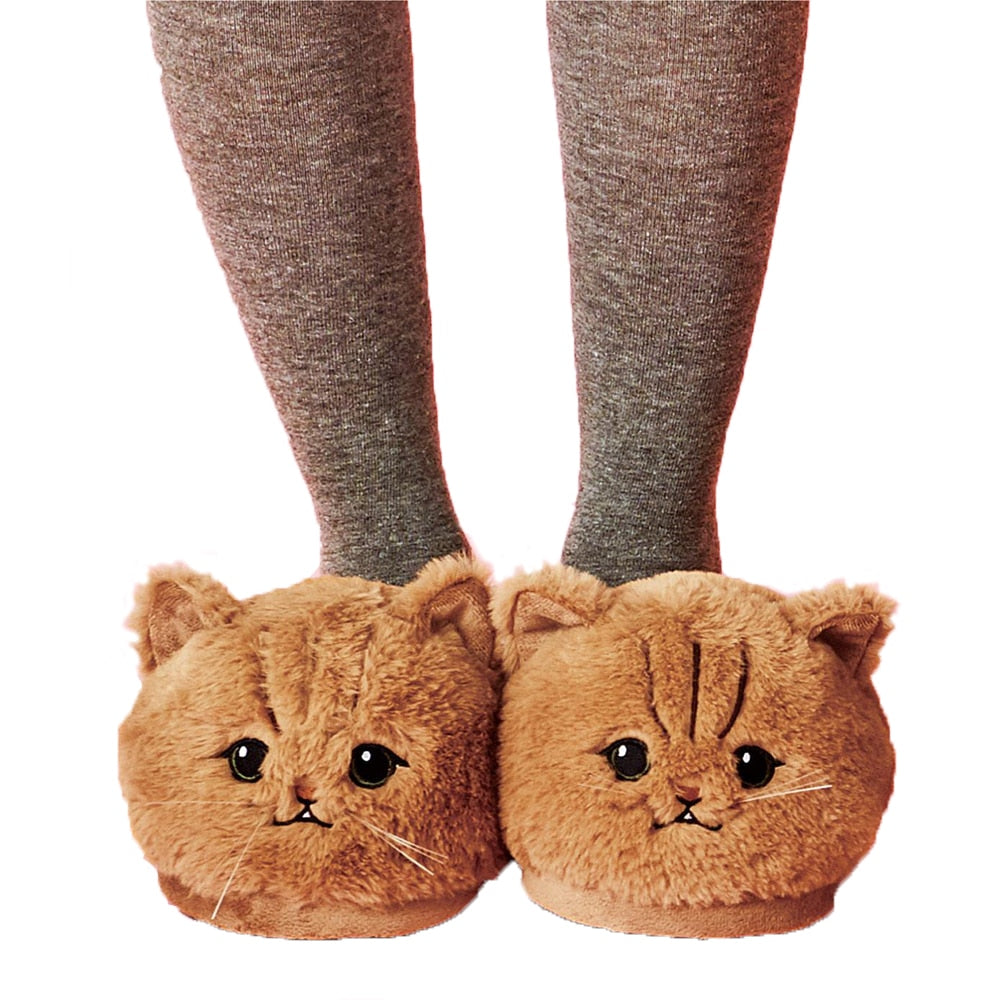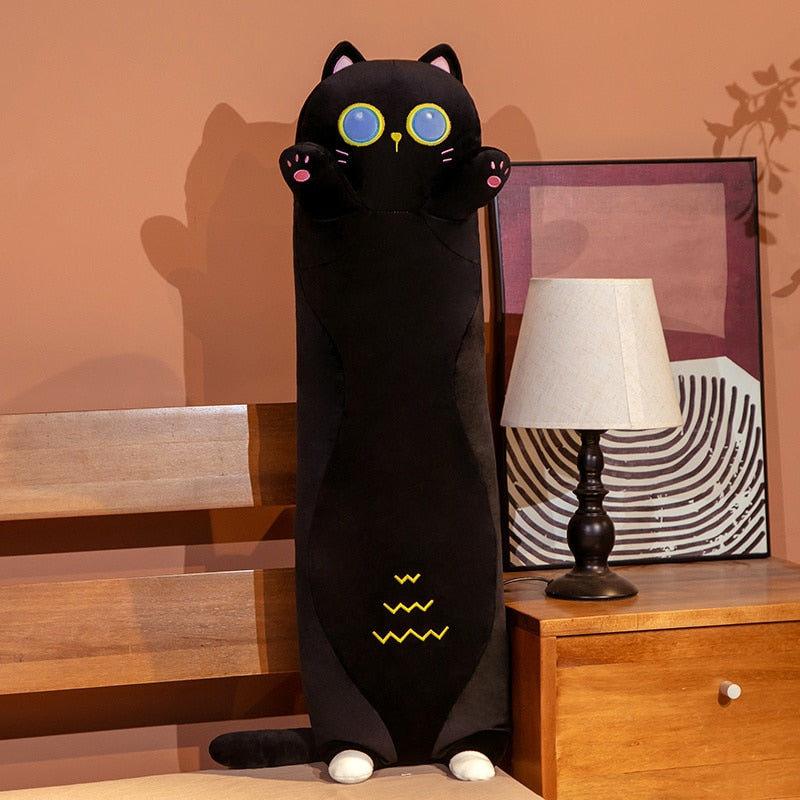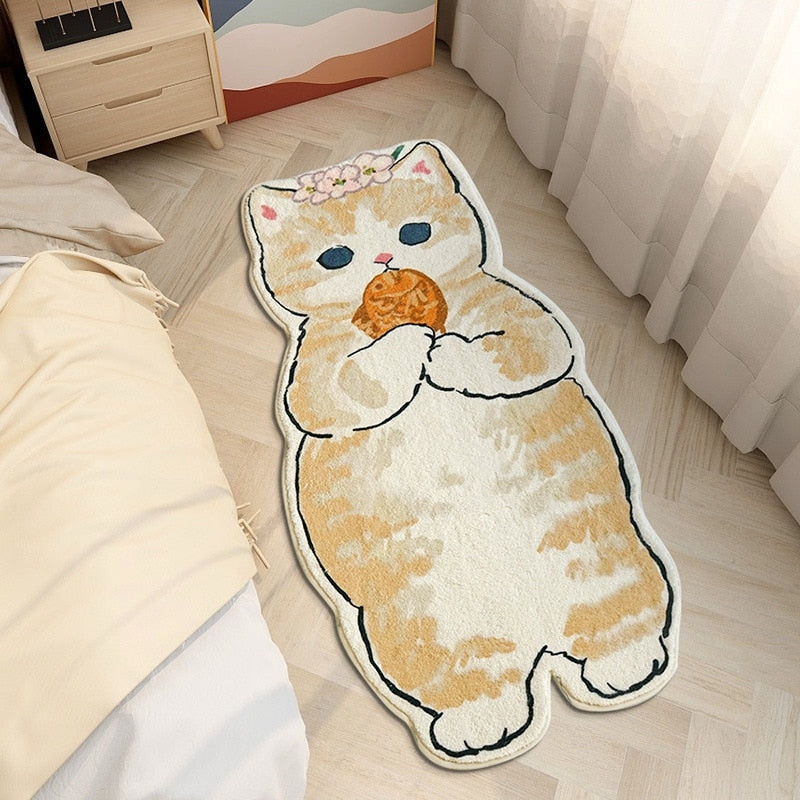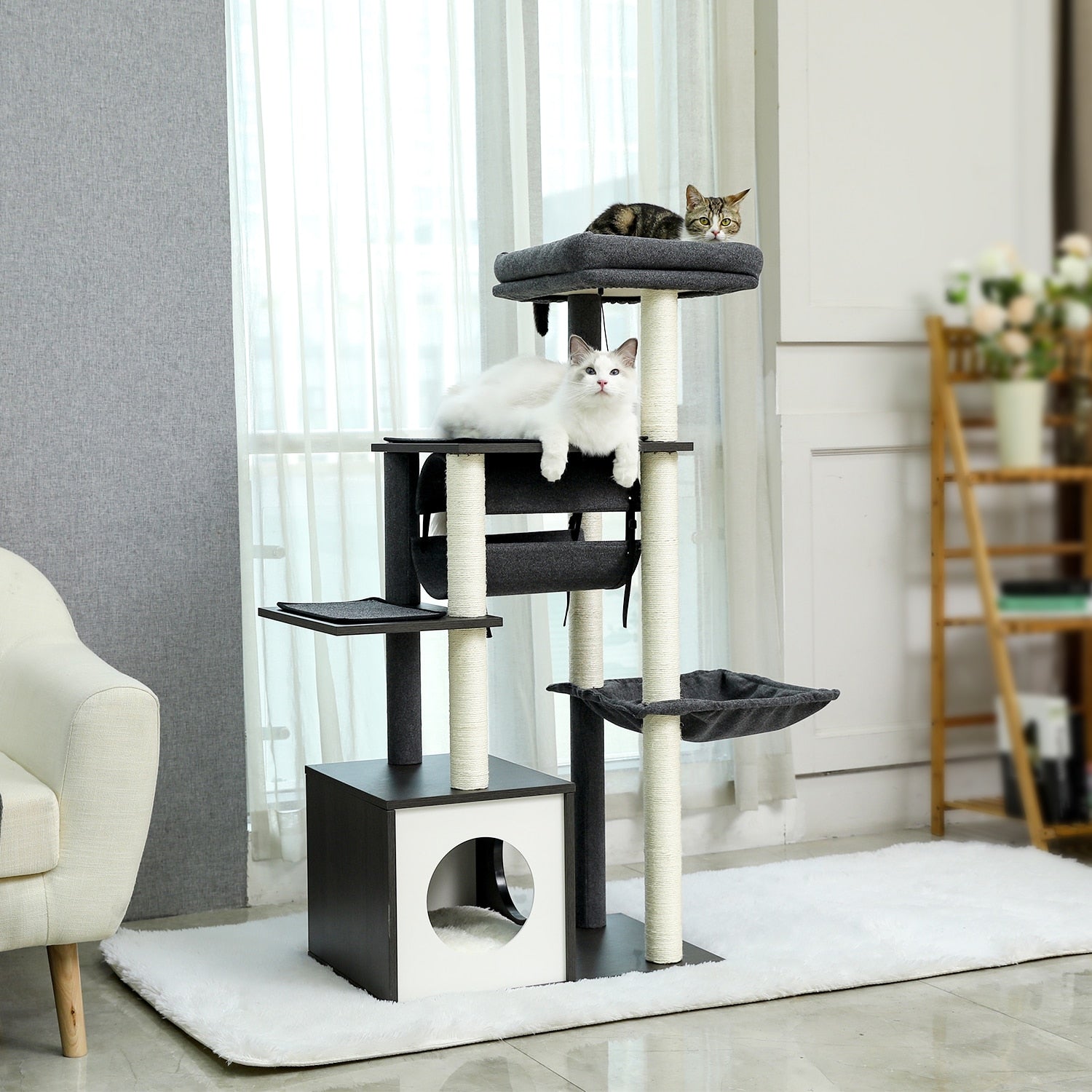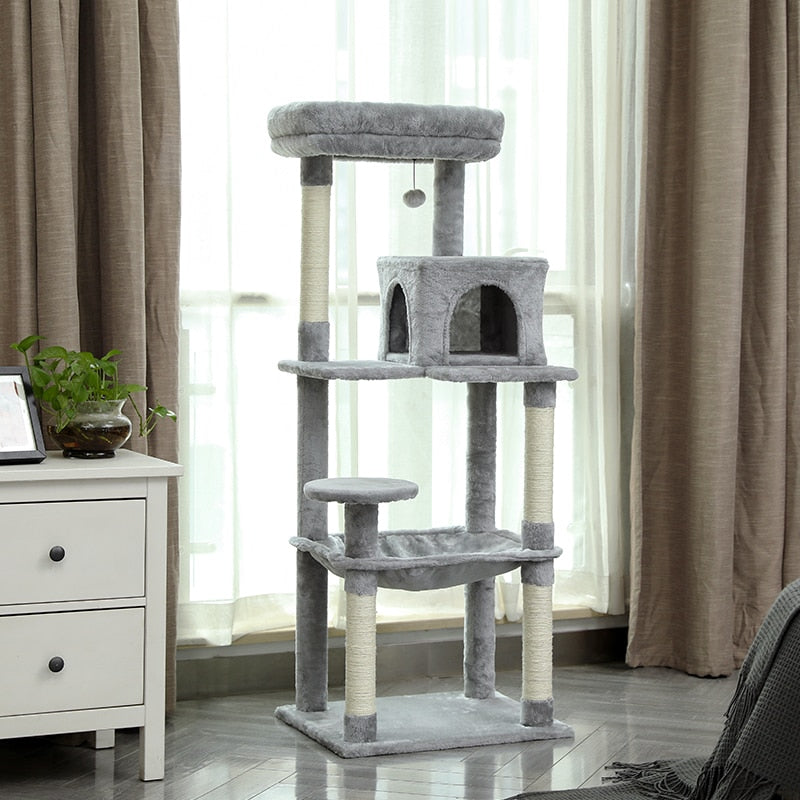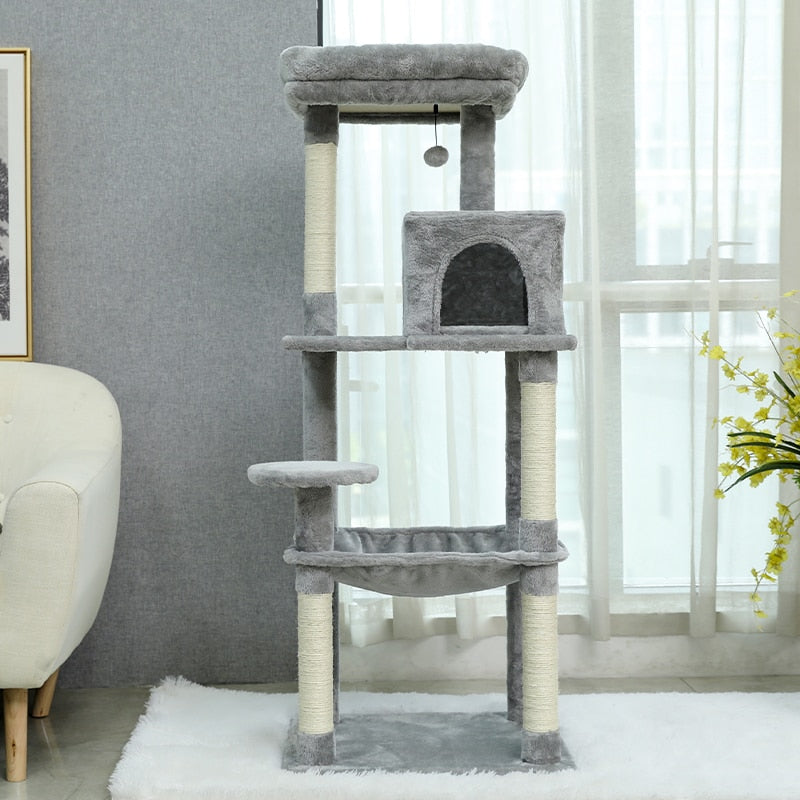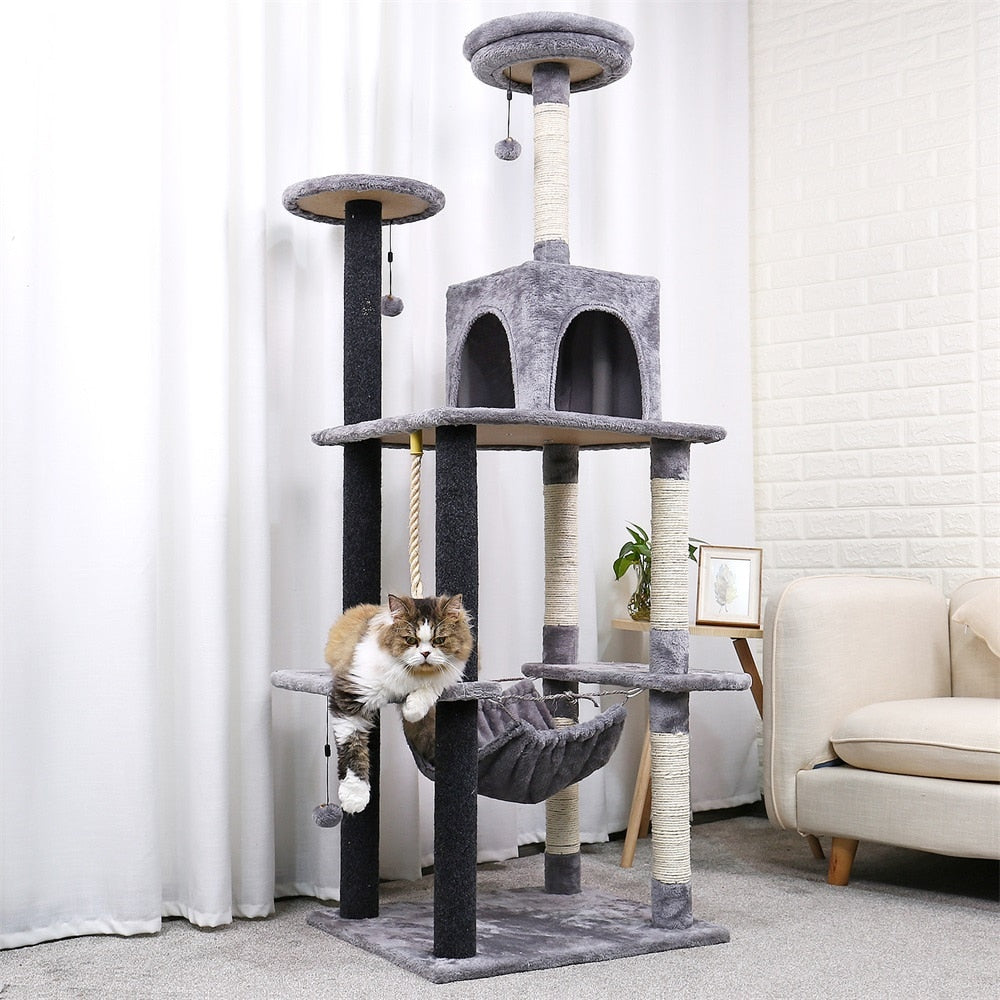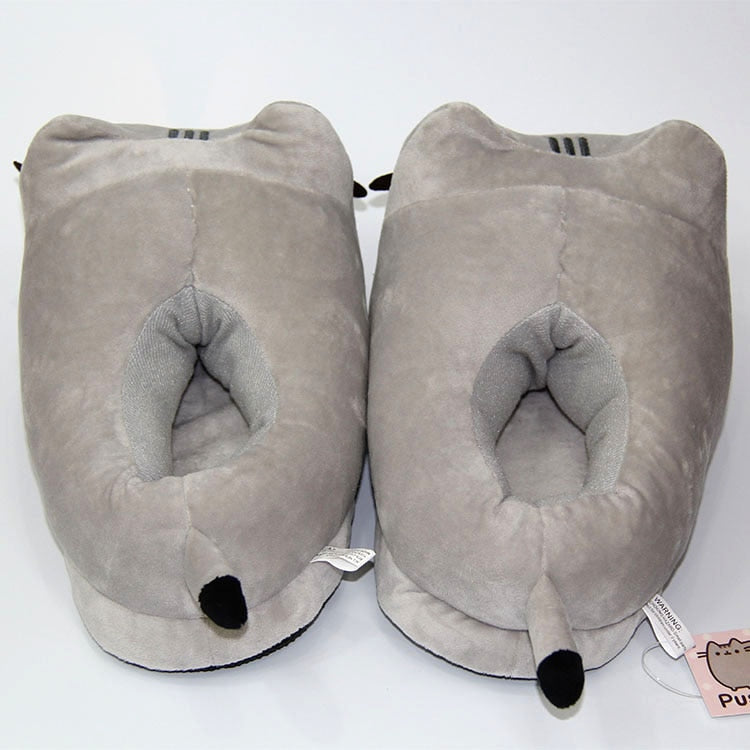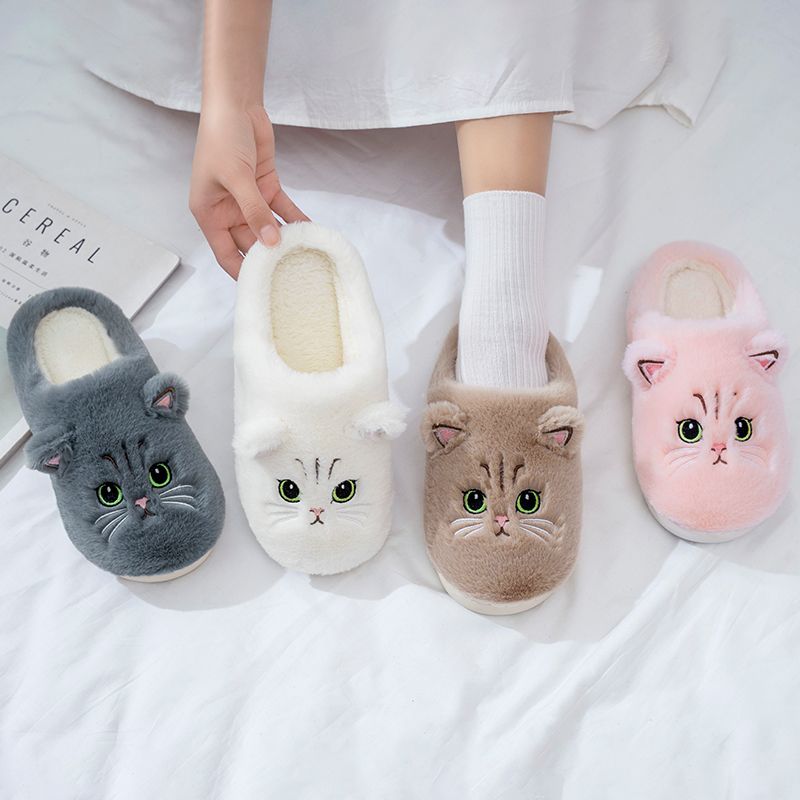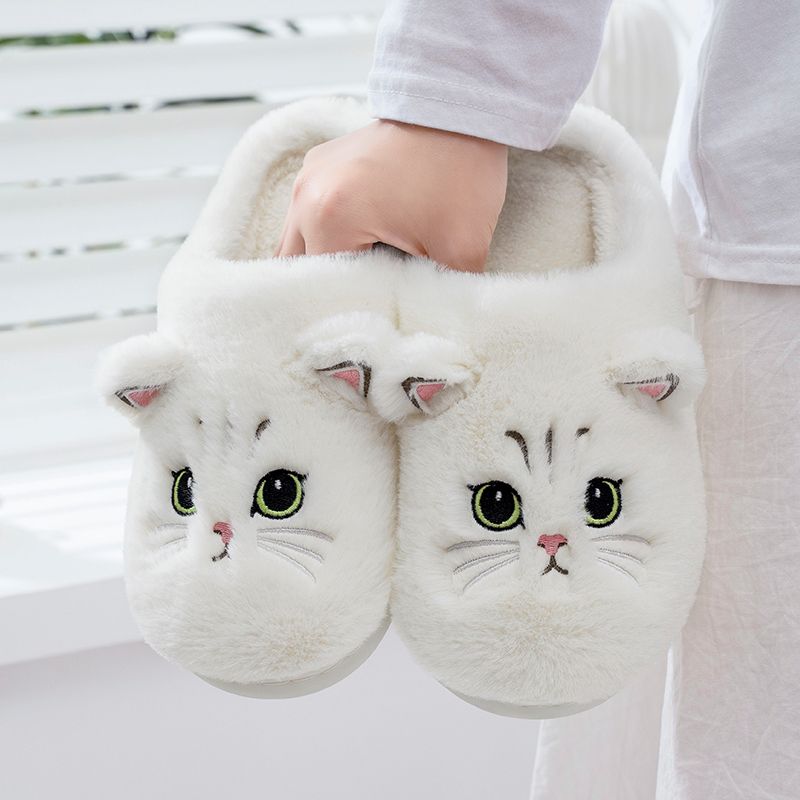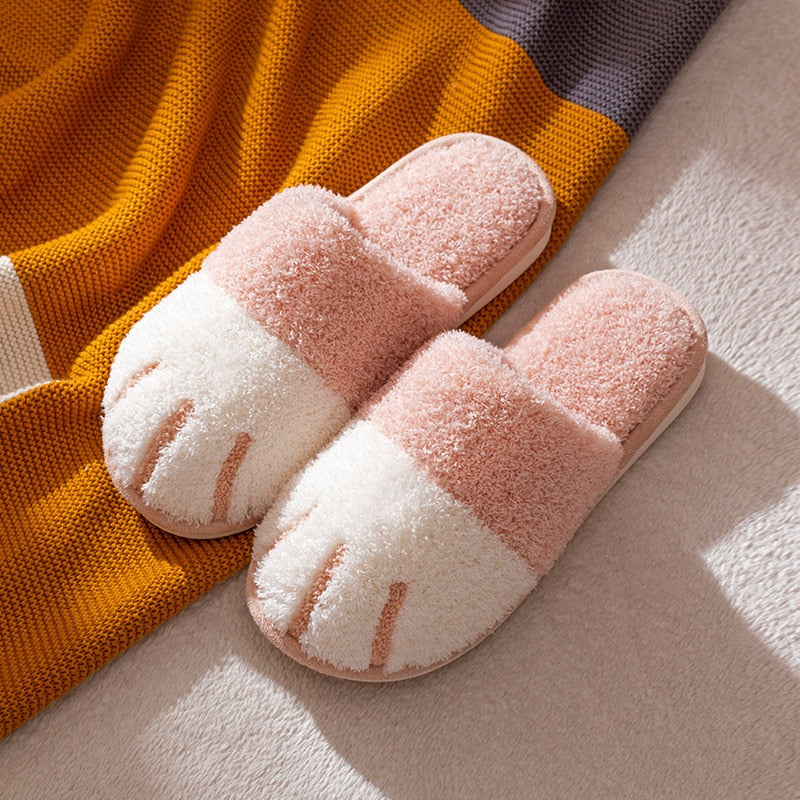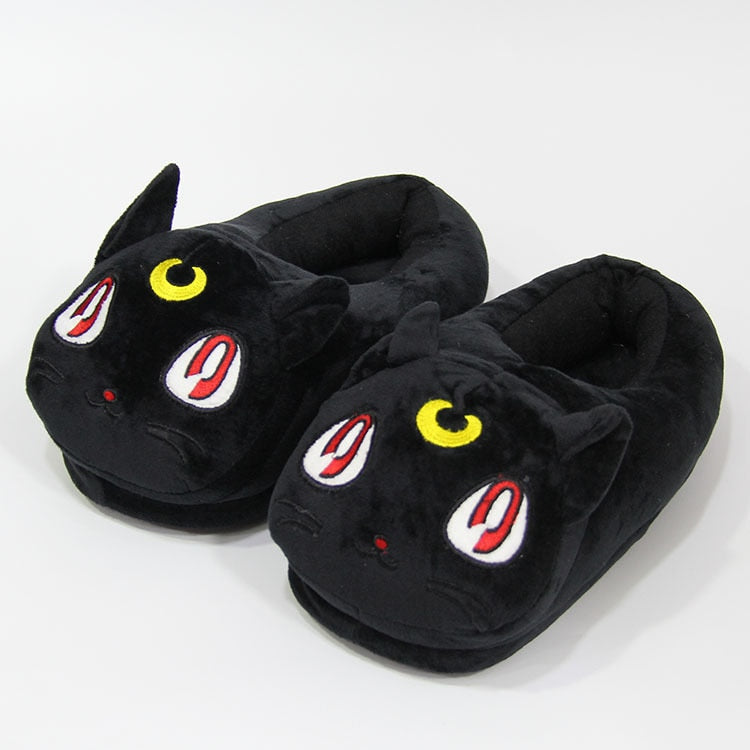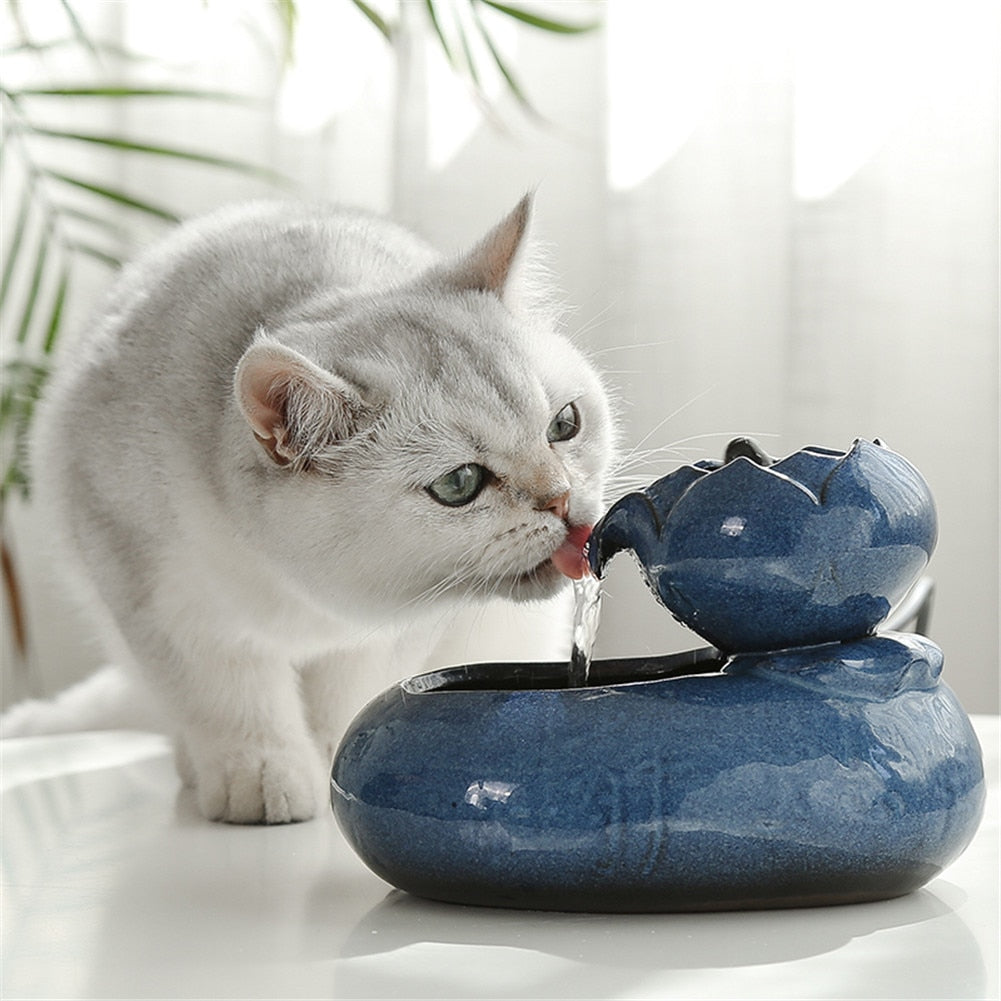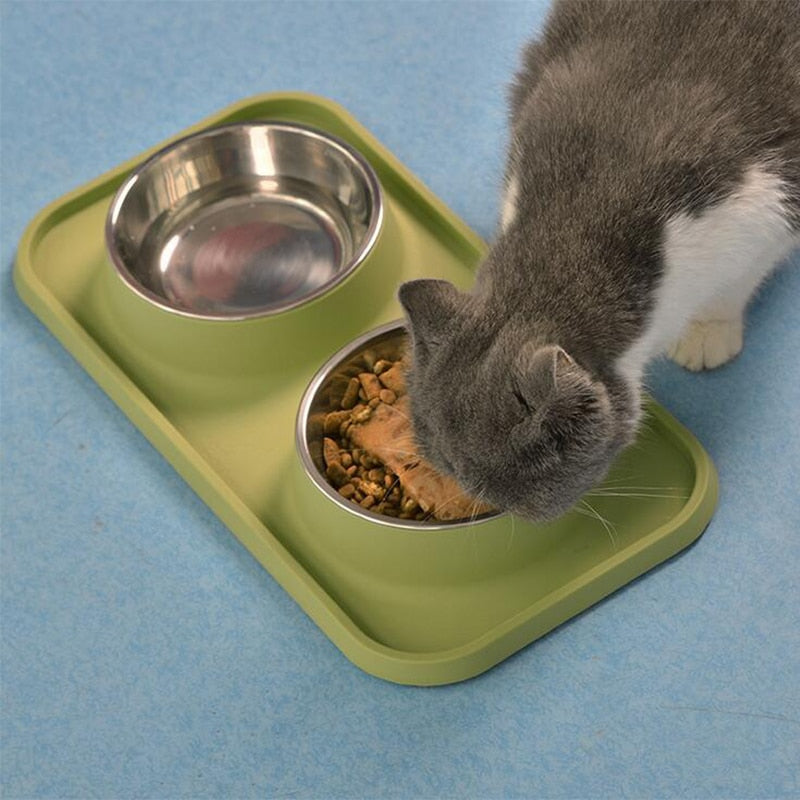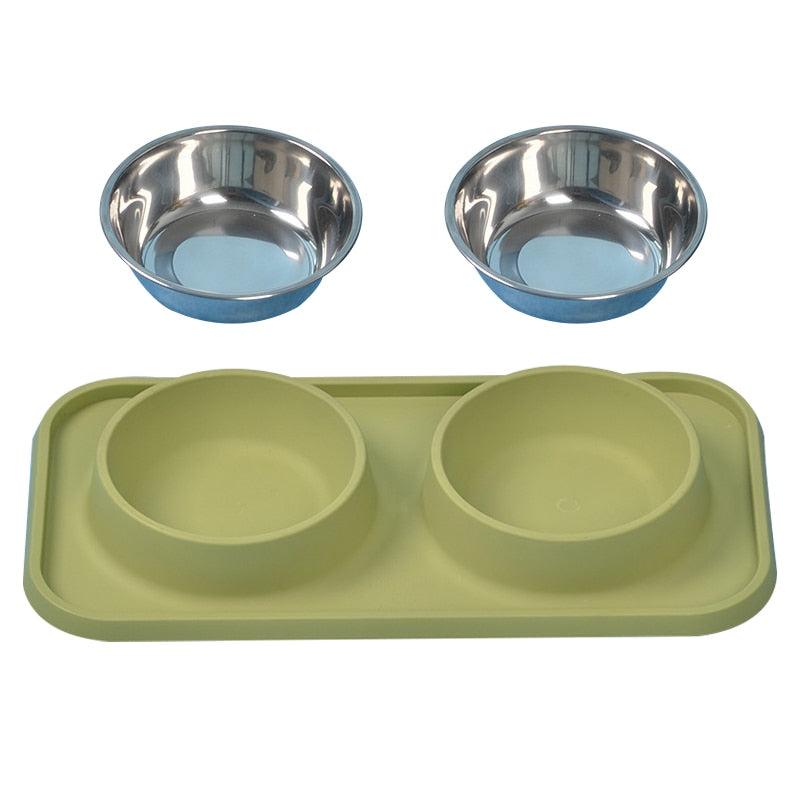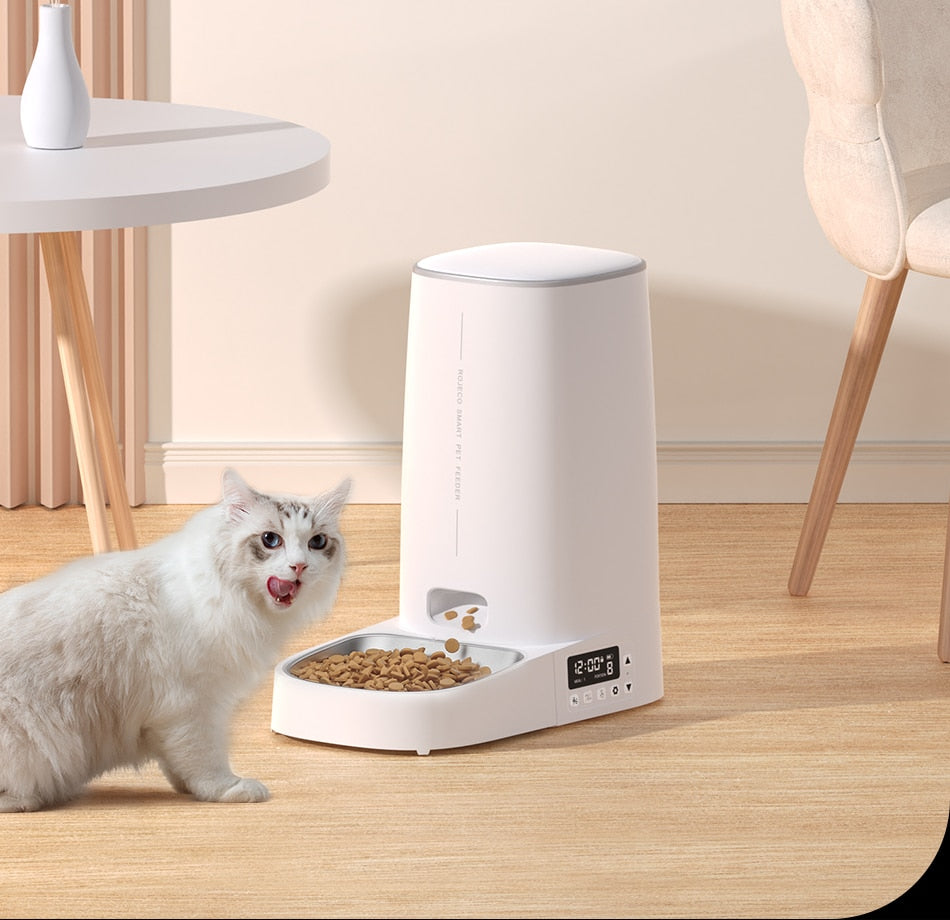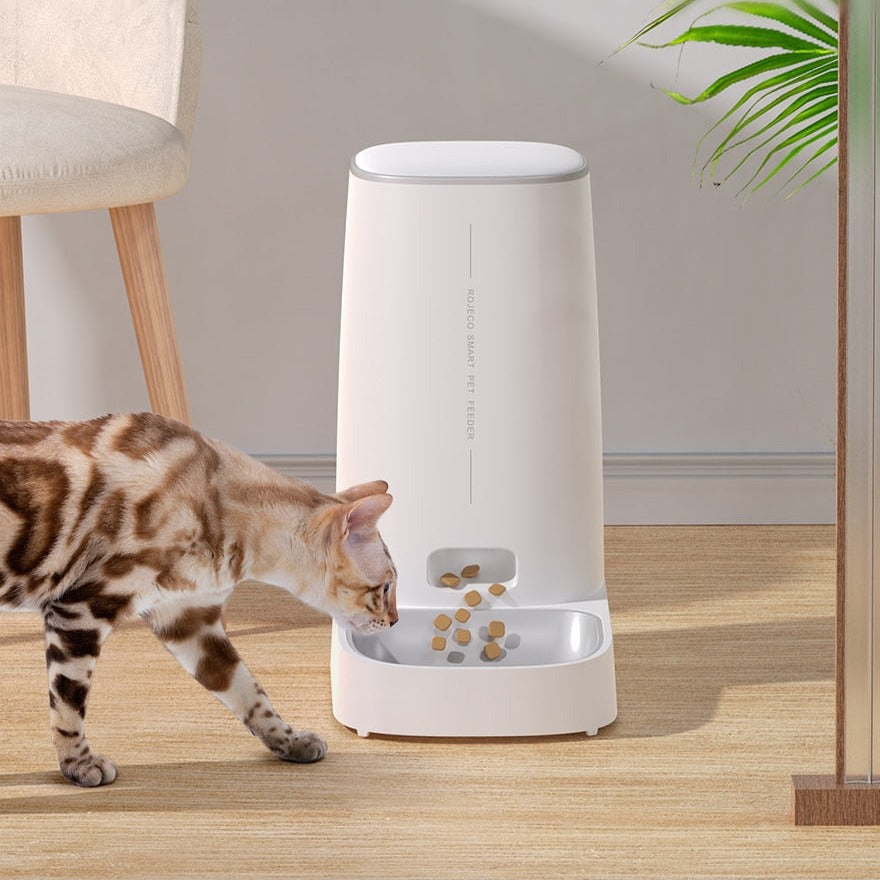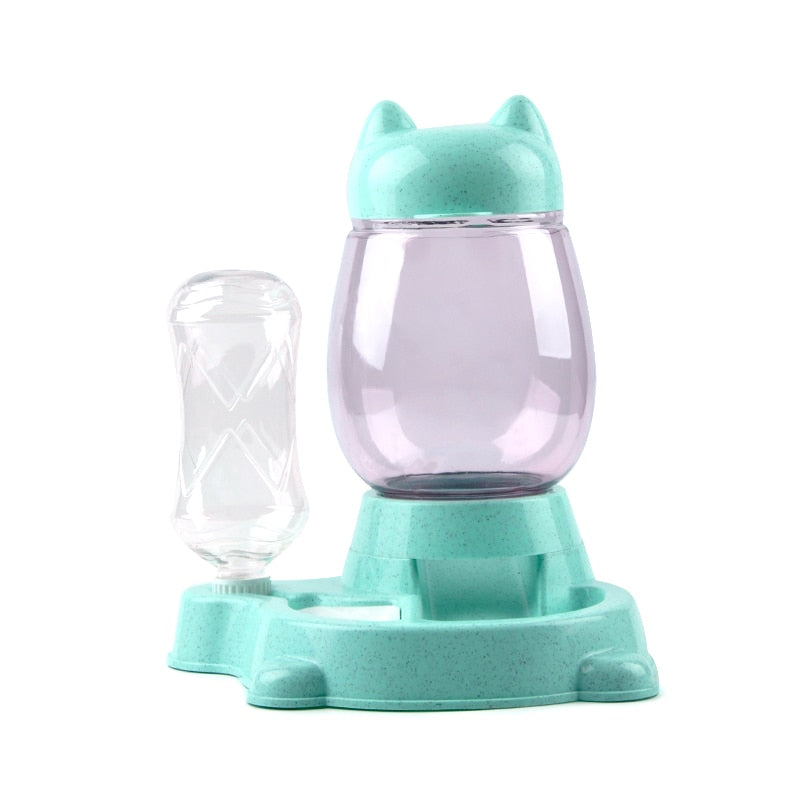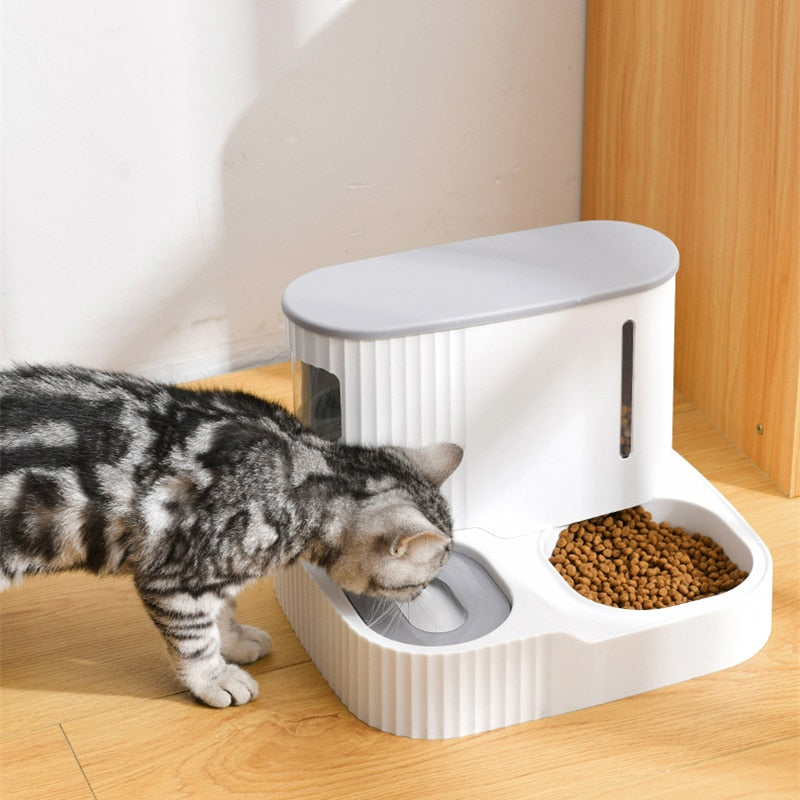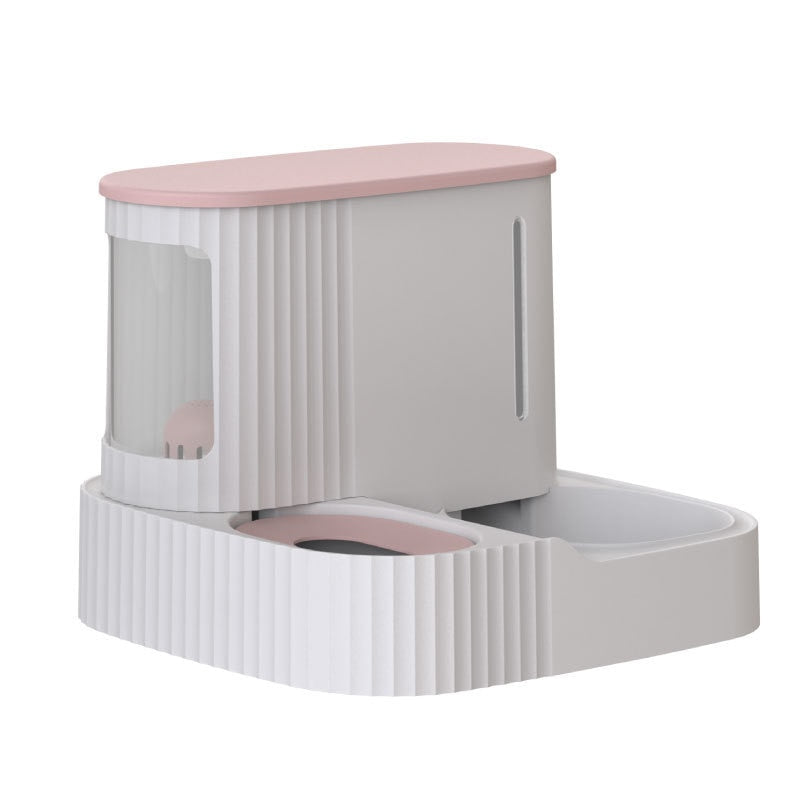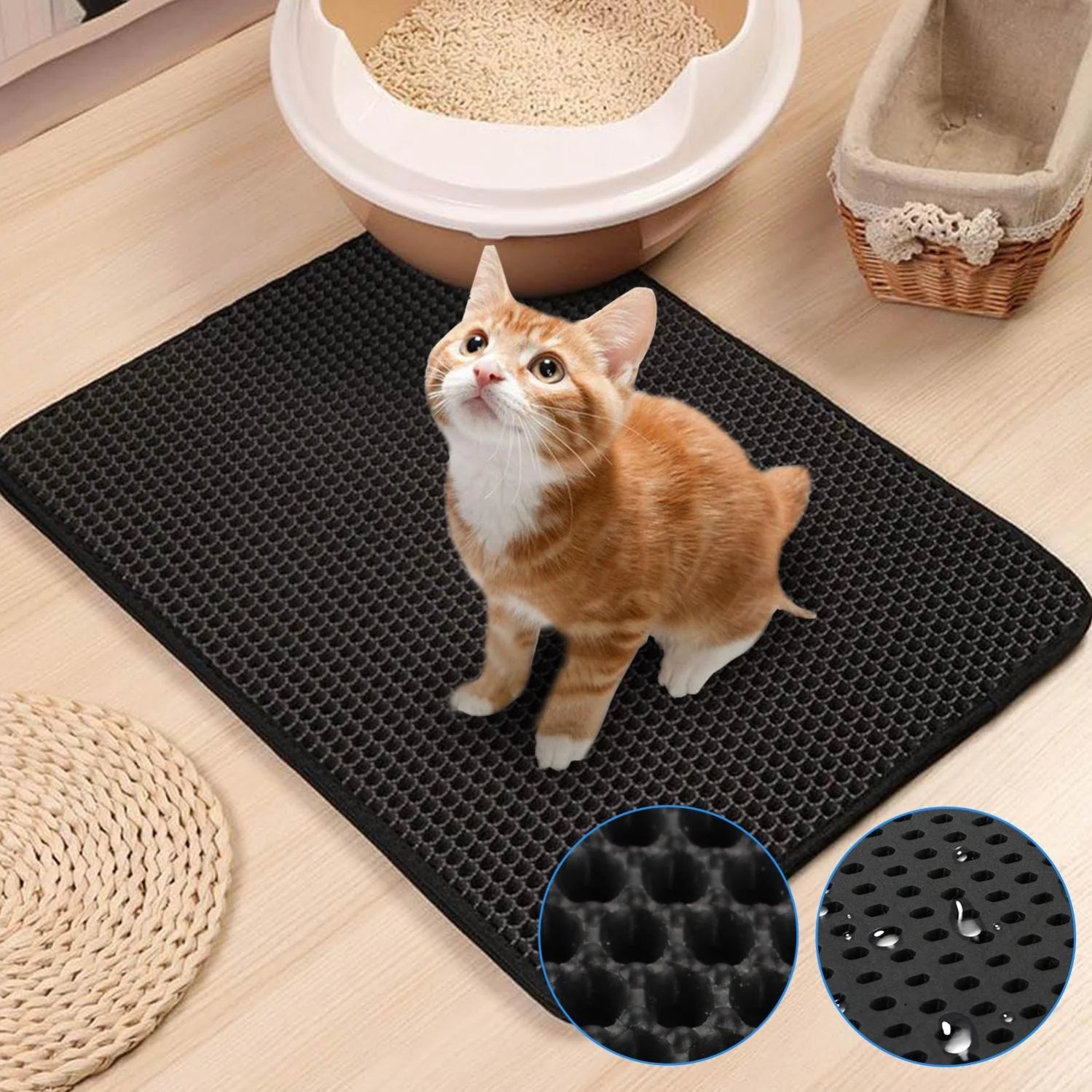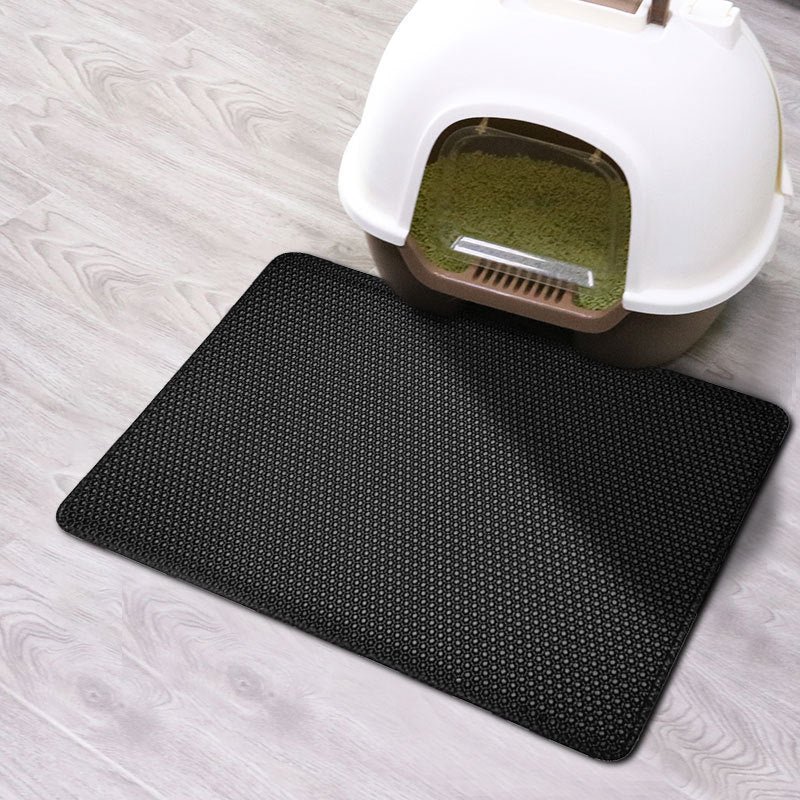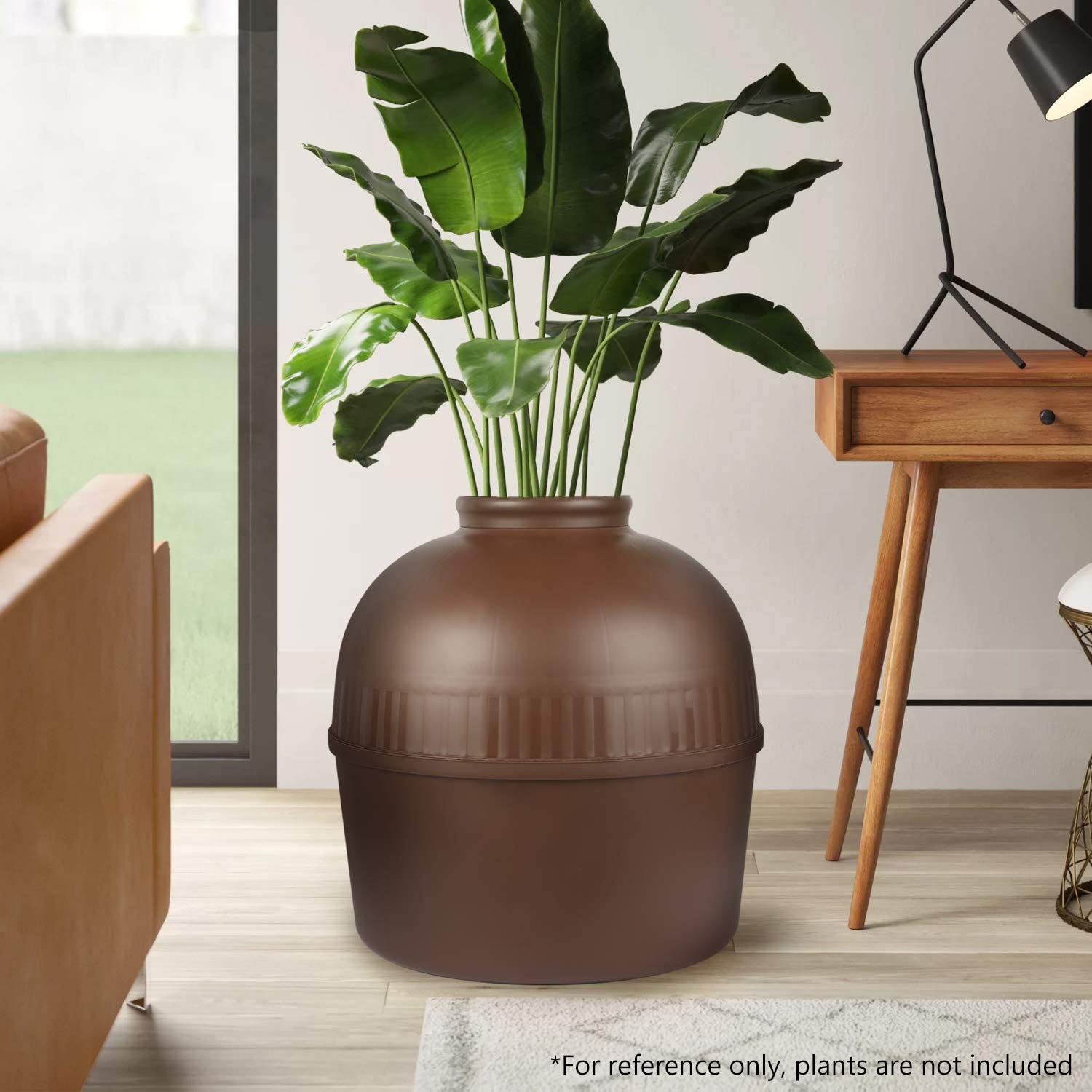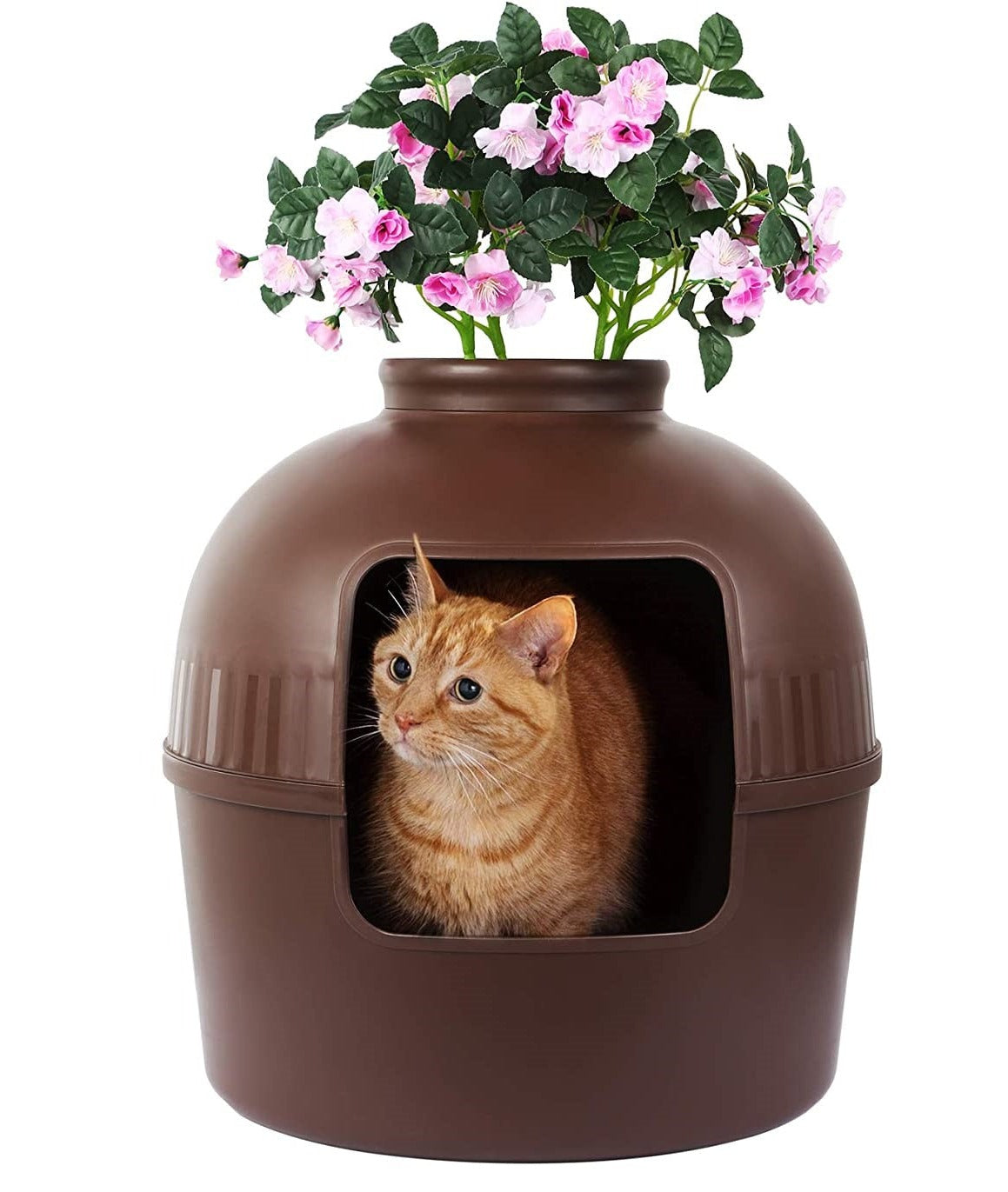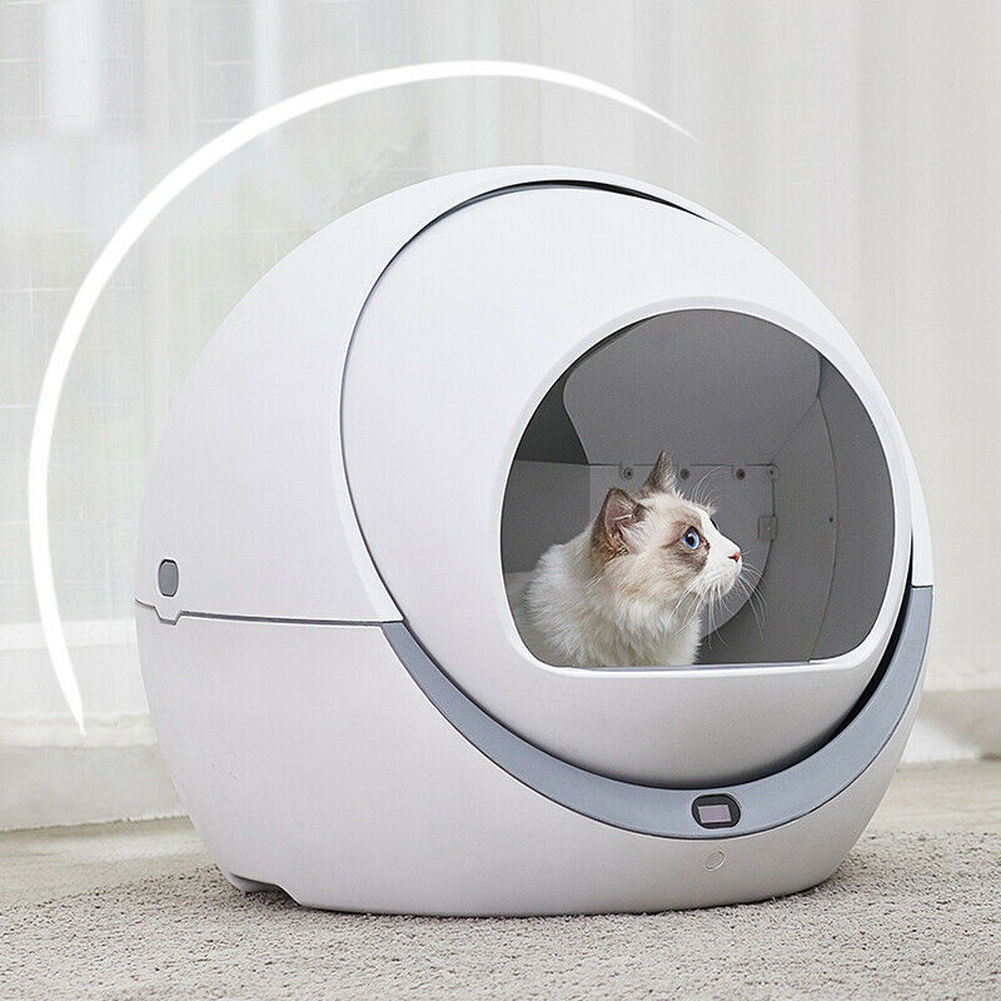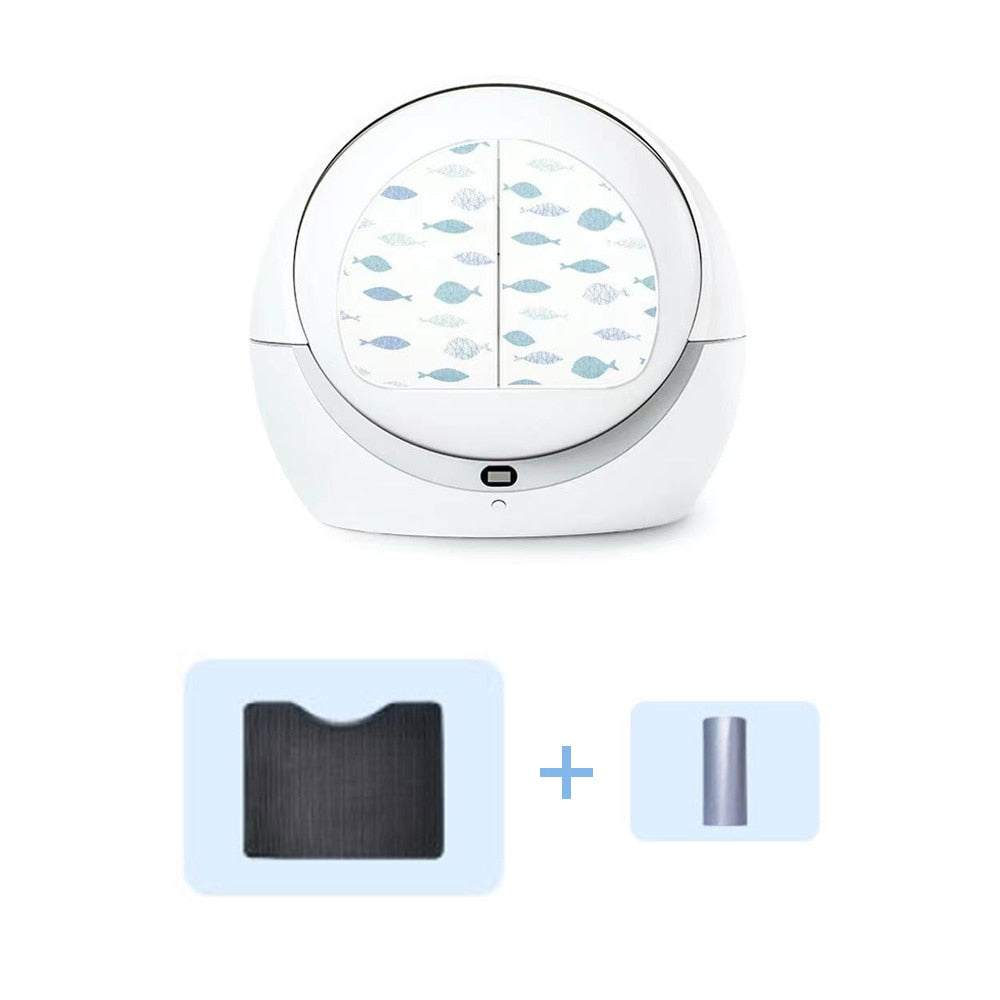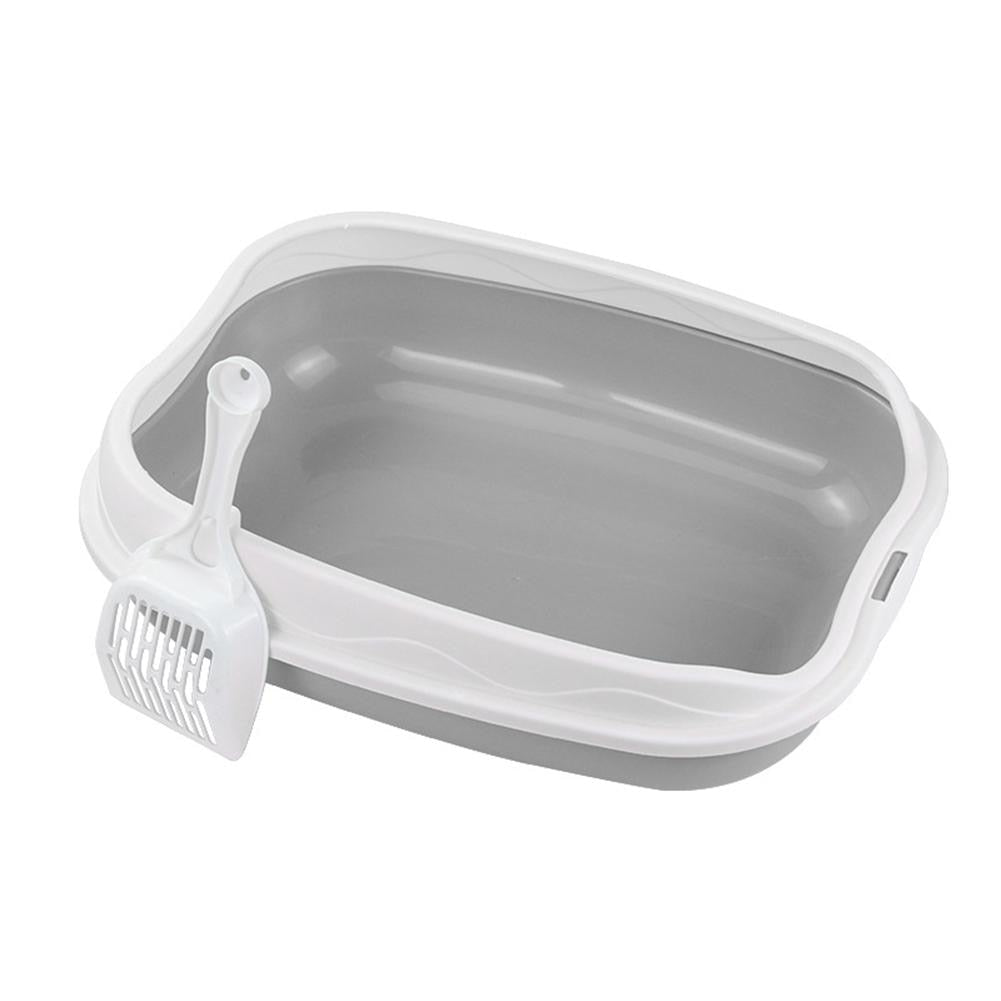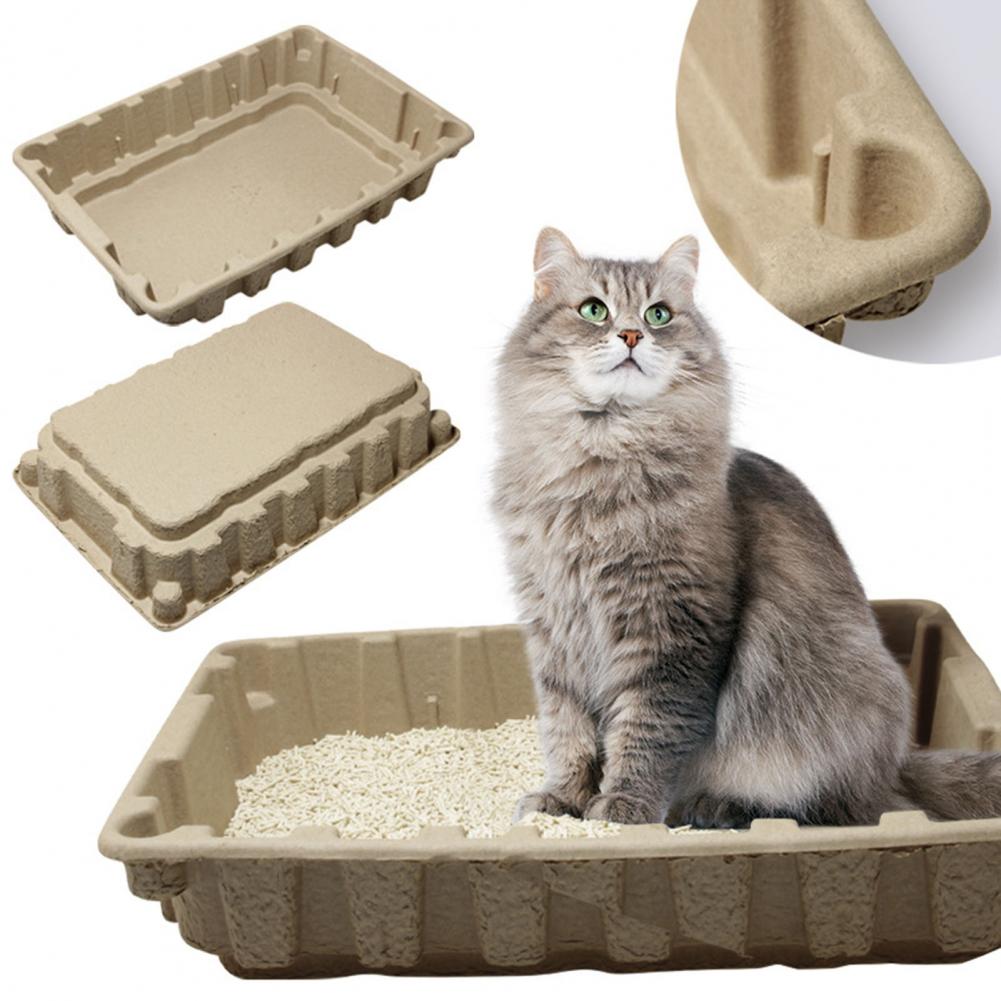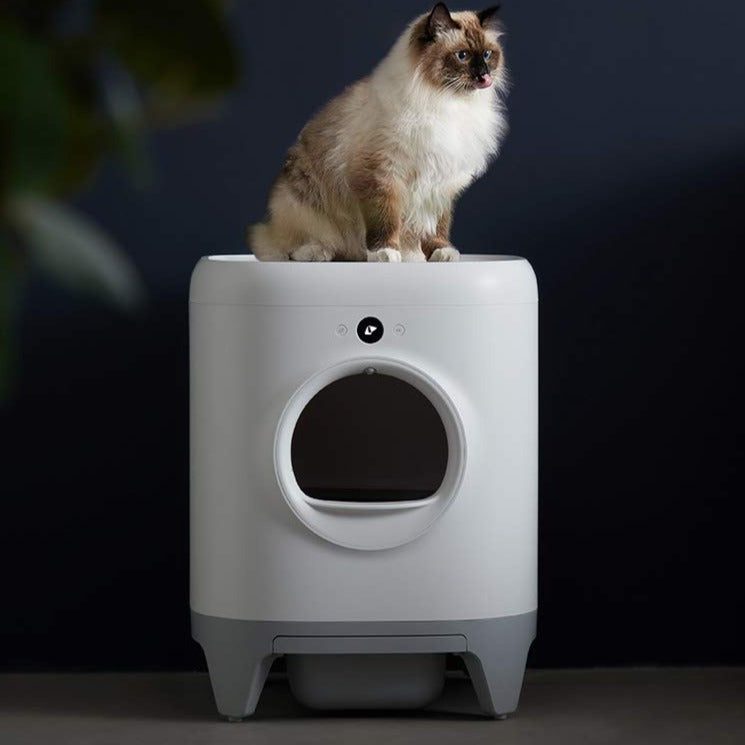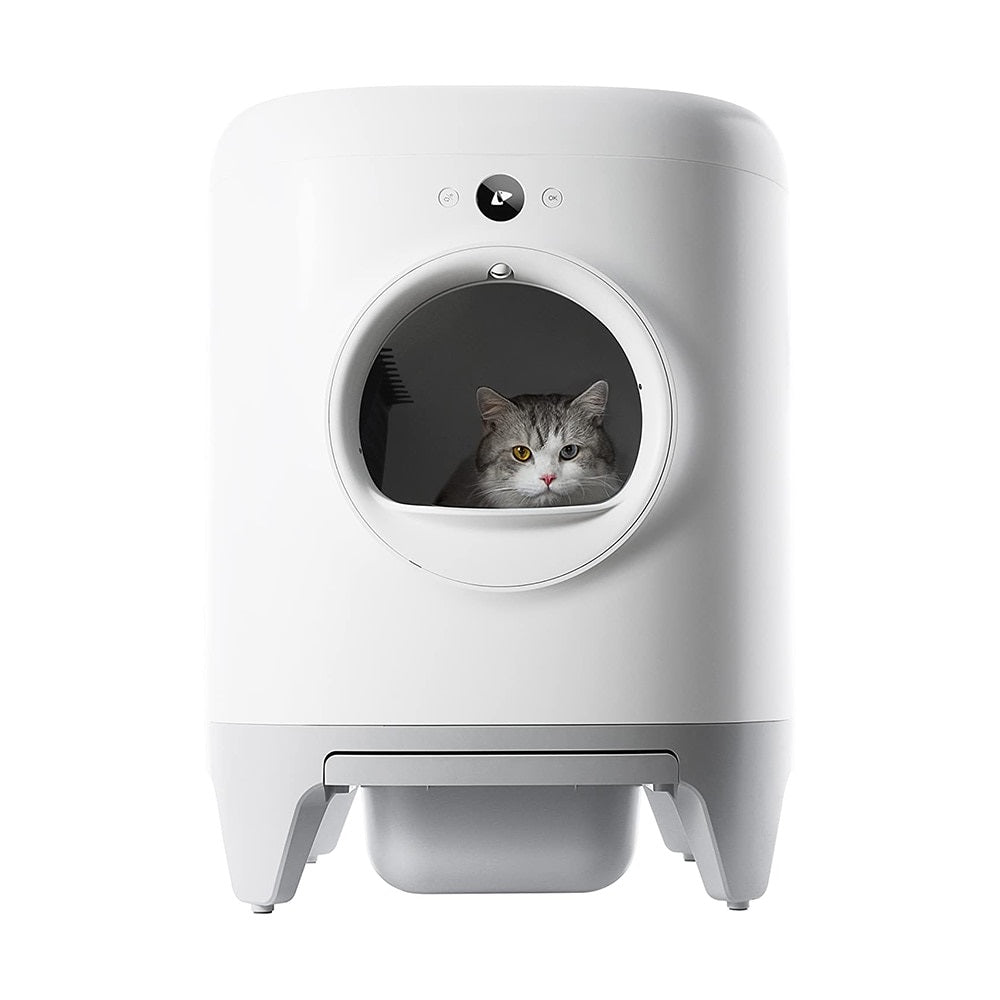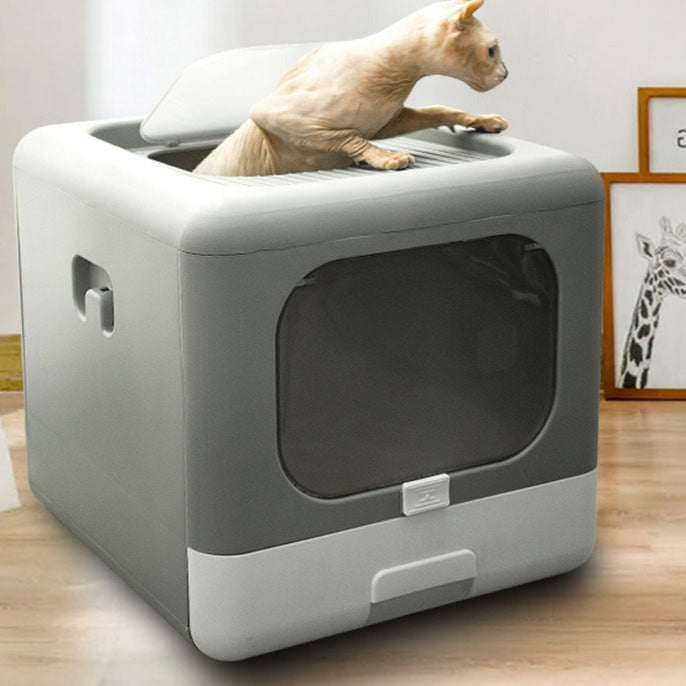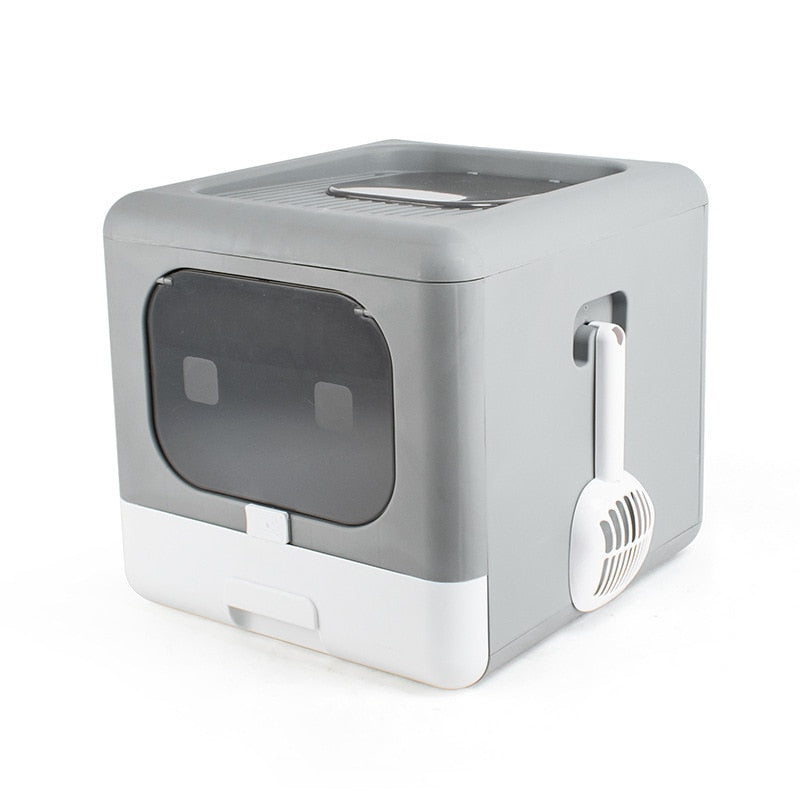How long does a cat live?

How long does a cat live?

If you share the life of a cat or are just considering adopting one, its life expectancy is an important detail you should be aware of. It is common to hear that these little felines have "nine lives", a way of expressing their impressive longevity.
But, if the average lifespan of these animals is generally between 12 and 16 years, several factors can influence this duration by lengthening or reducing it, in particular: the living environment (in an apartment or roaming), the sterilization, cat breed,… Find outbelow all you need to know about cats' life expectancy.
The life expectancy of a domestic apartment or house
cat Domestic apartment or house cats, also called indoor cats, have a lifespan of about 12 to 15 years. Note, however, that female cats tend to live a little longer than males with an average of 15 versus 13 years. However, with a healthy and balanced diet, as well as a good medical follow-up, apartment cats can reach the threshold of 16 years, or even more.
Besides food and medical care, the important longevity of these cats lies in the affection of their owners and the comfort of a secure home.
The life expectancy of a neutered cat
You should know that the life expectancy of a neutered cat is much longer than that of all other cats. Indeed, a sterilized cat can easily age beyond 15 years, the most resistant even reach the age of 20 years. Their above-average longevity is explained by the many benefits associated with a sedentary and little restless life.
Indeed, sterilization prevents them from having to brave multiple dangers in order to satisfy their sexual needs. In addition, it protects them from certain diseases that can target sensitive organs such as the uterus and udders in the cat for example, leading to a risk of cancer or infection.
The life expectancy of a purebred cat
According to studies, the lifespan of purebred cats is less than that of crossbred cats. Their average life is estimated at around 12.5 years. You should note, however, that this longevity varies considerably between breeds. Indeed, some breeds live longer than others: this is the case among others of the Burmese (16 years), the Burmese, and the Persian (14 years). On the other hand, other LOOF cats like the Ragdoll (10 years old) and the Abyssinian (10 years old) have a shorter life expectancy.
The life expectancy of an alley or stray
cat Stray cats are left to their own devices, they squat in the streets and live in the state of nature. As a result, their life expectancy is the shortest of all. Their longevity is estimated on average between 6 to 8 years, the lucky ones will live up to 10 years maximum.
This limited period is due more to their difficult and miserable living conditions than to the various dangers to which they are exposed: no safe home in which to rest, fragile health linked to poor nutrition and the total lack of care and vaccines, accidents on the public roads, attacks on other animals, even violence on the part of certain men.
How old is the oldest cat in the world?
The record age of the oldest cat in the world today is 38, owned by the cat Creme Puff in the USA, born in 1967 and died in 2005. Apart from him, other small felines have distinguished themselves by their extraordinary longevity. This was the case with Chatreux Moun (34 years old) and Sarah from New Zealand (33 years old) among others.
The record for the oldest surviving cat in the world is held by the Maine Coon Rubble. Alive in Devon in England, he blew out his31st candleJune 2019.

